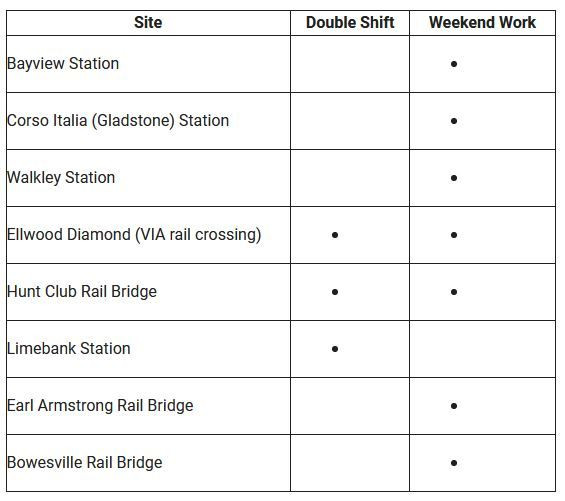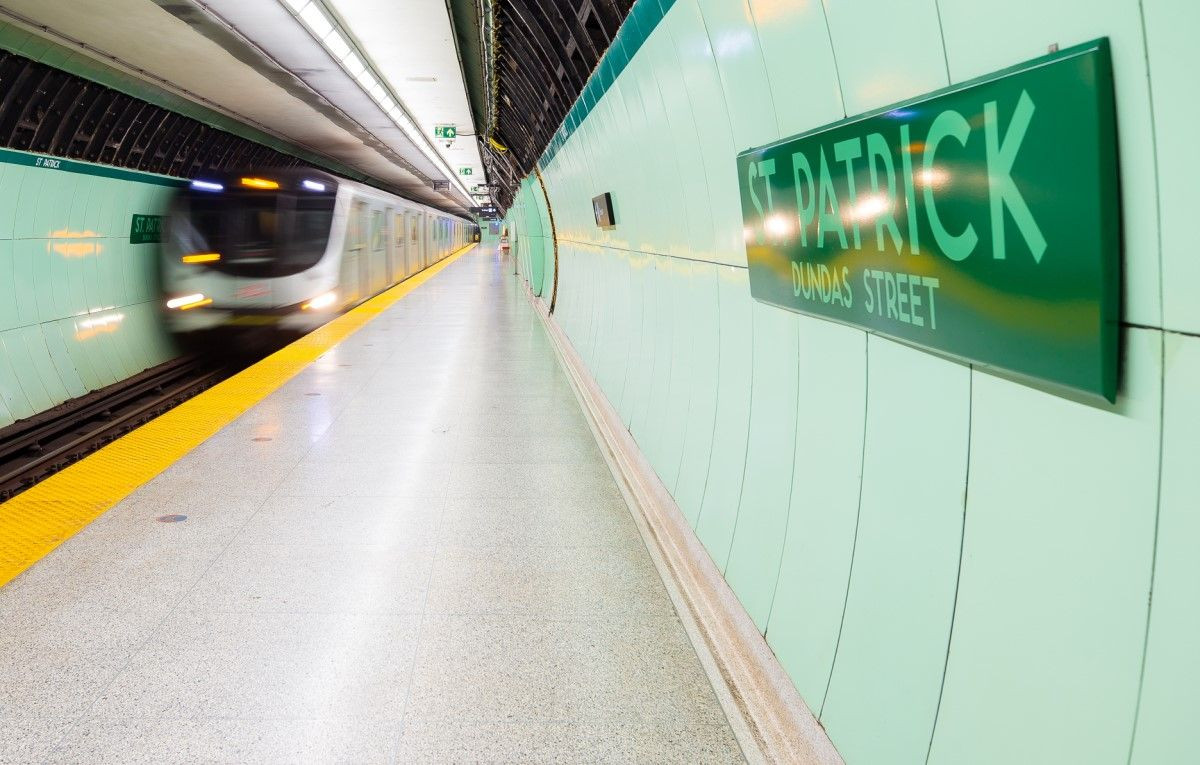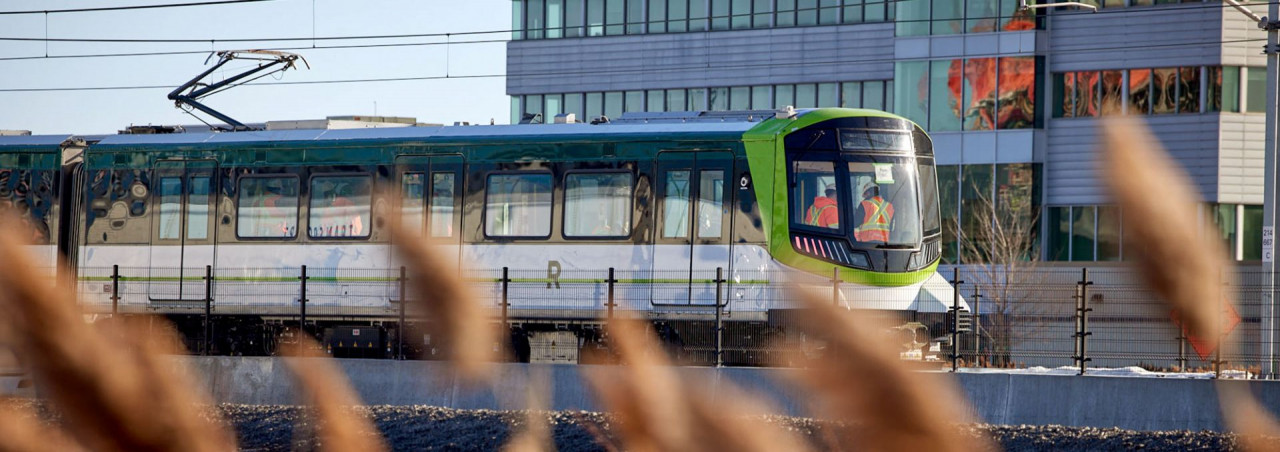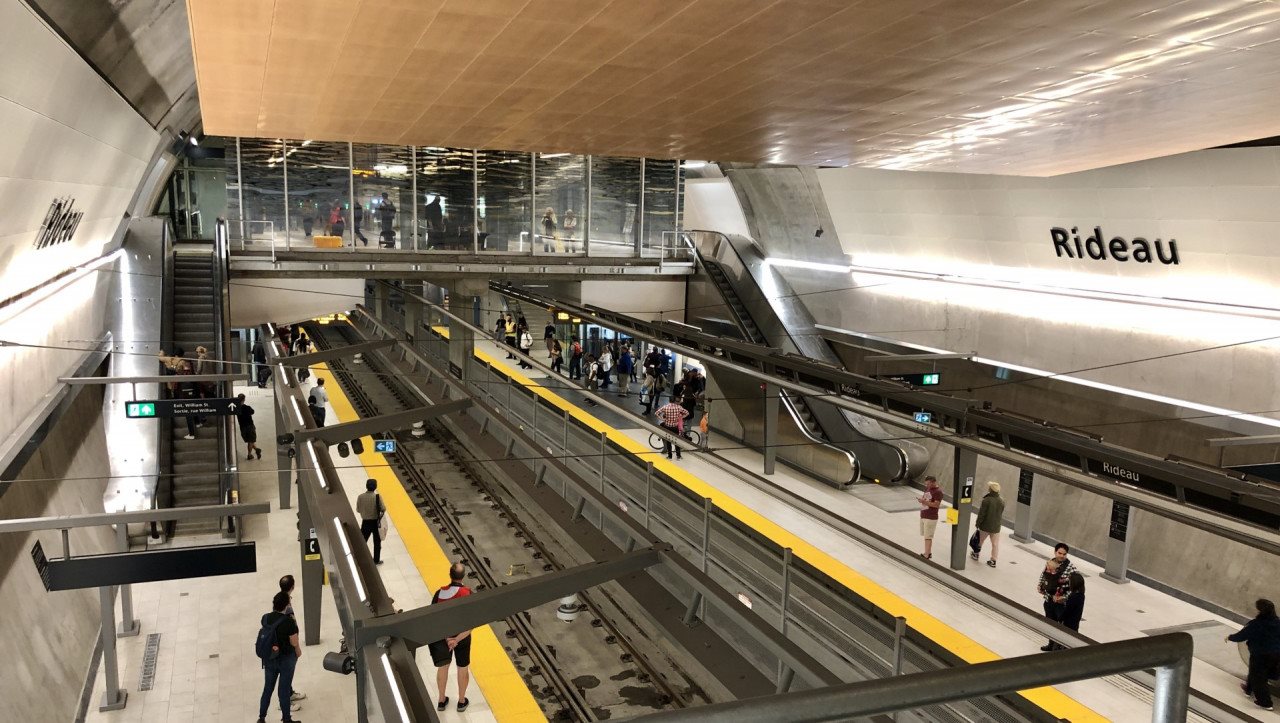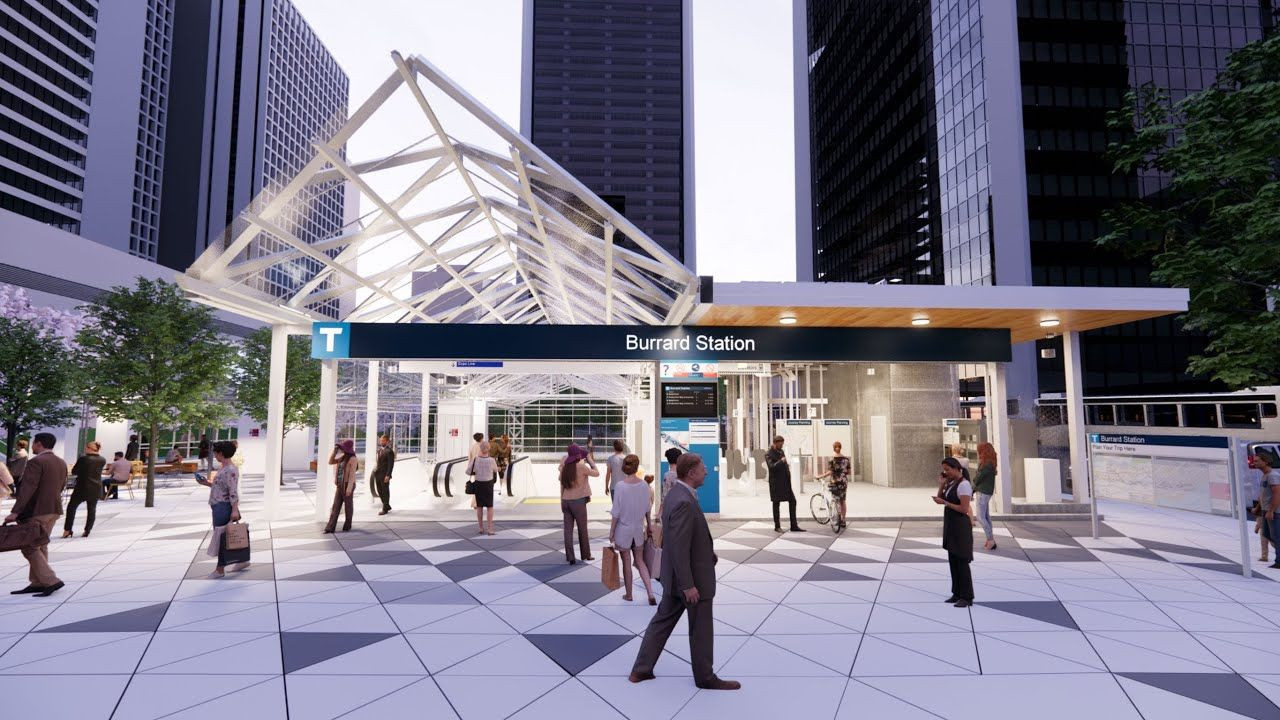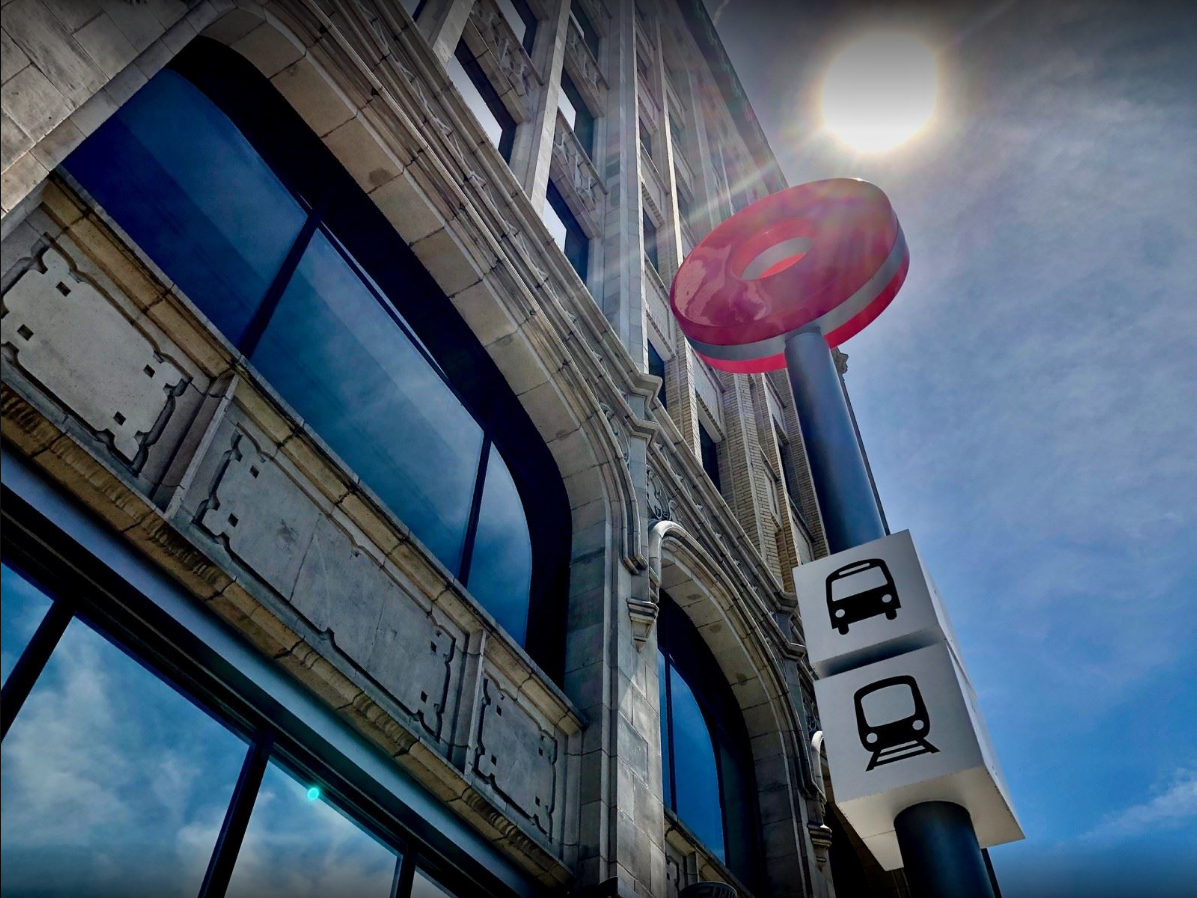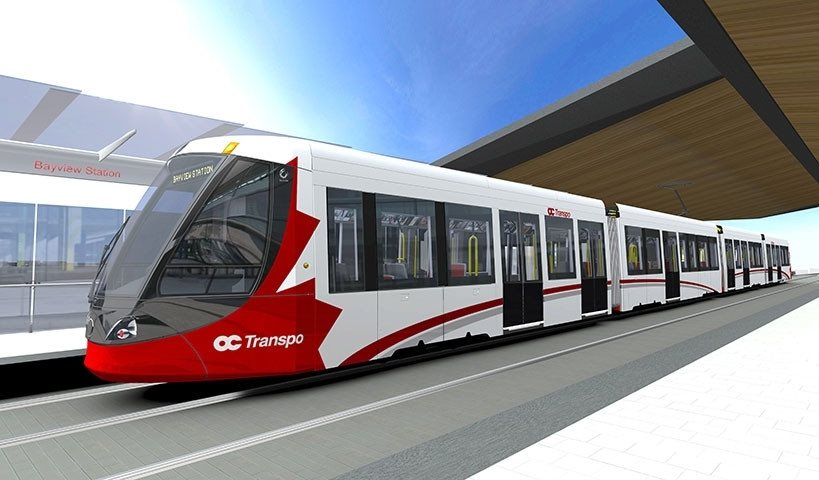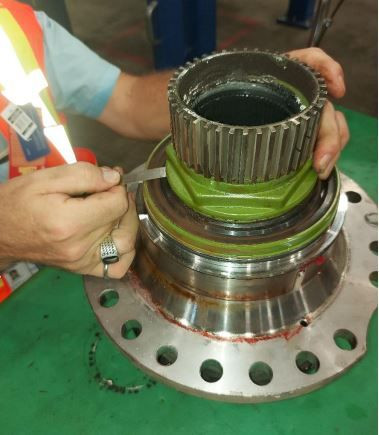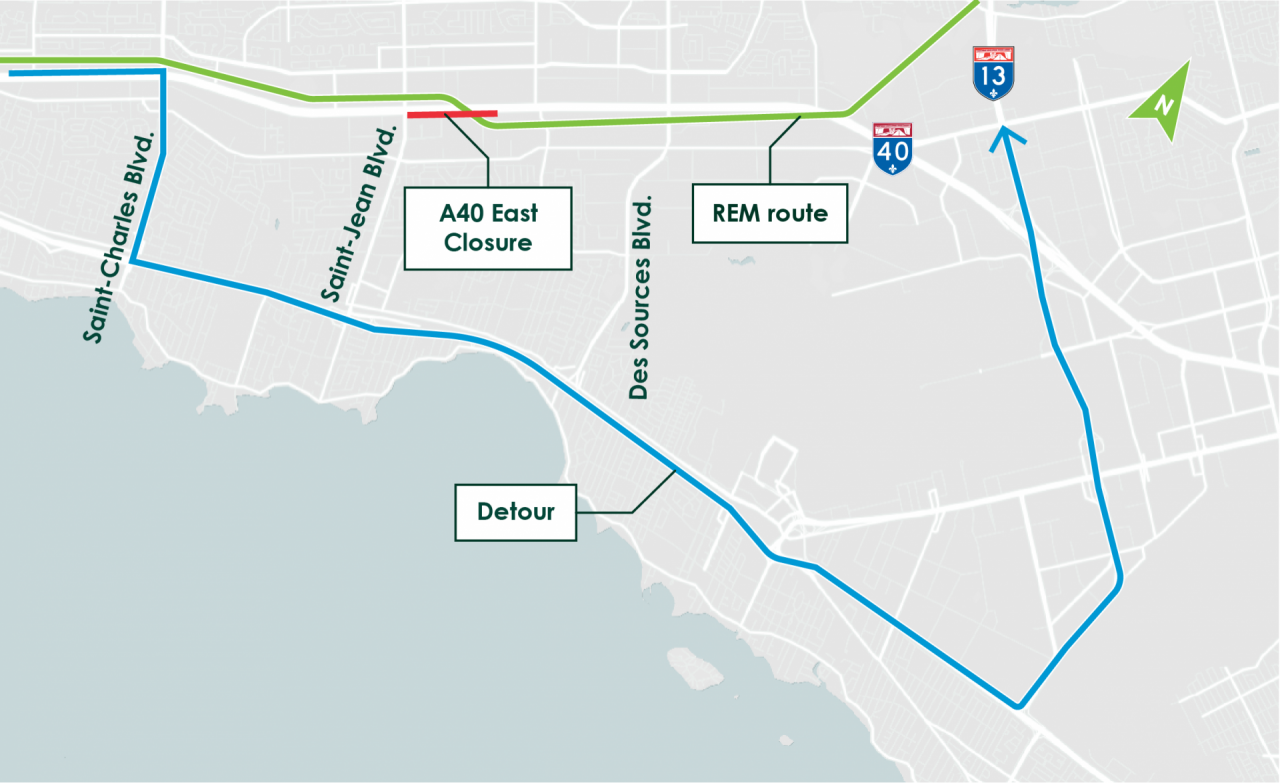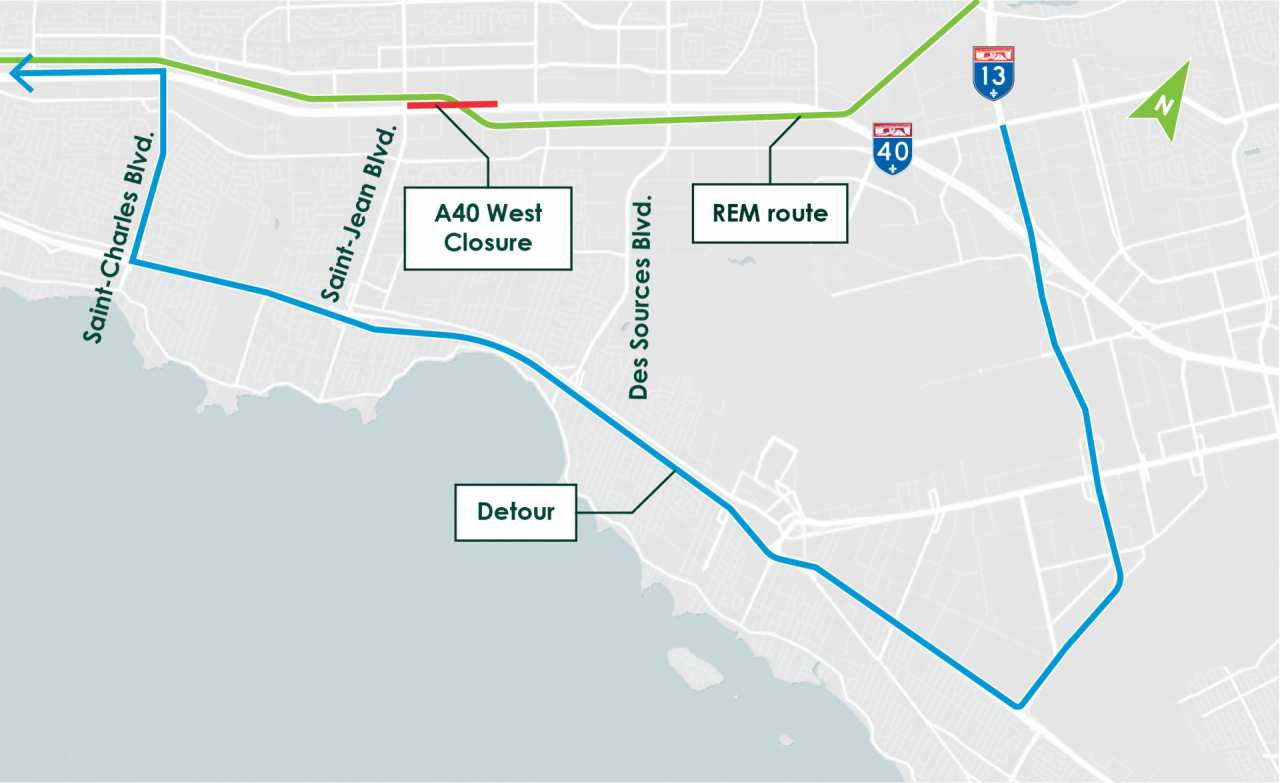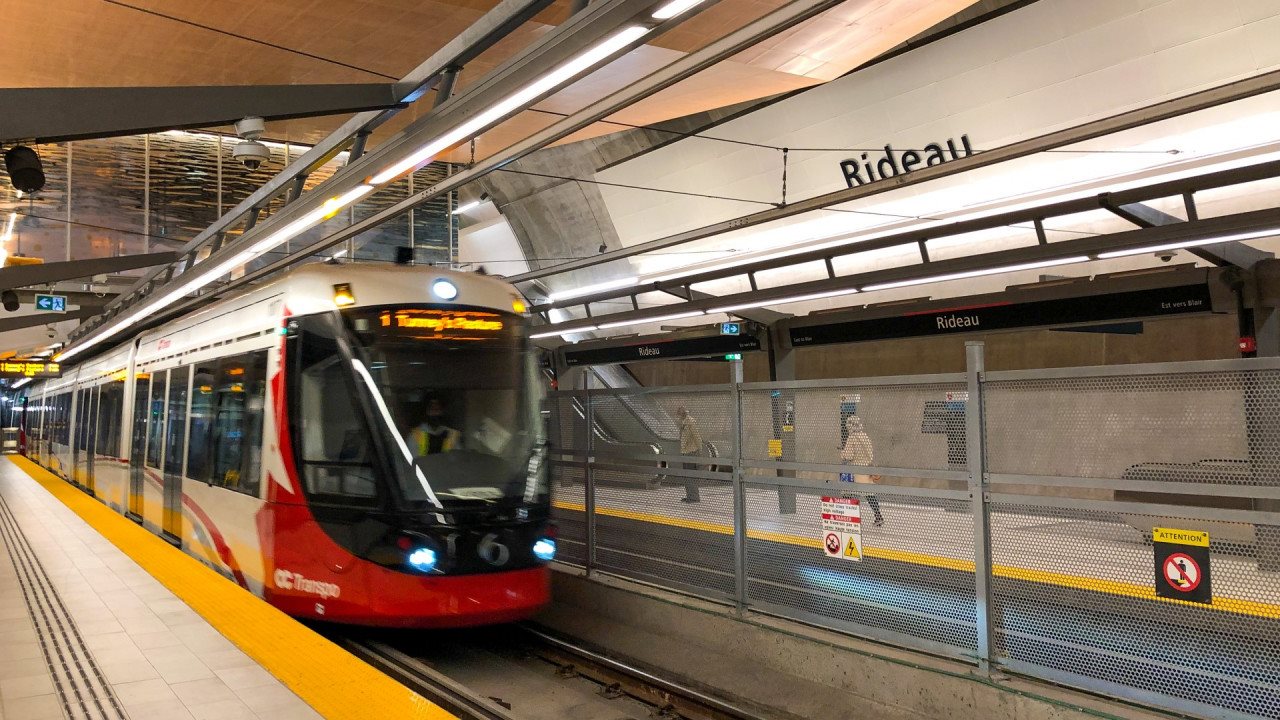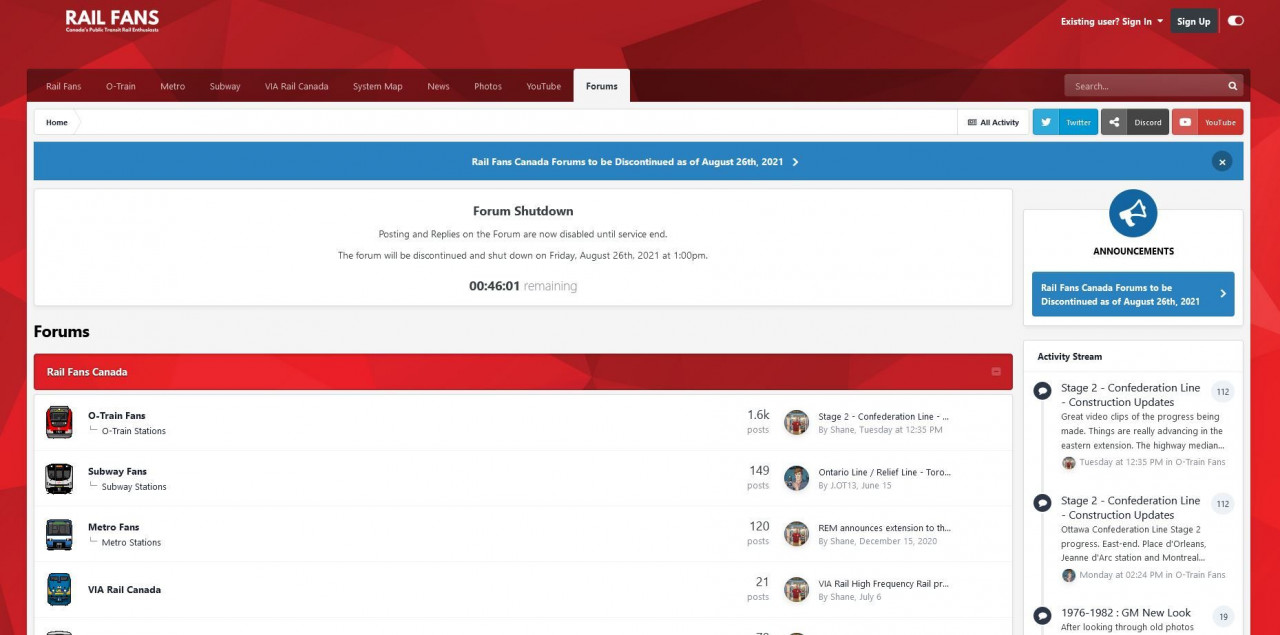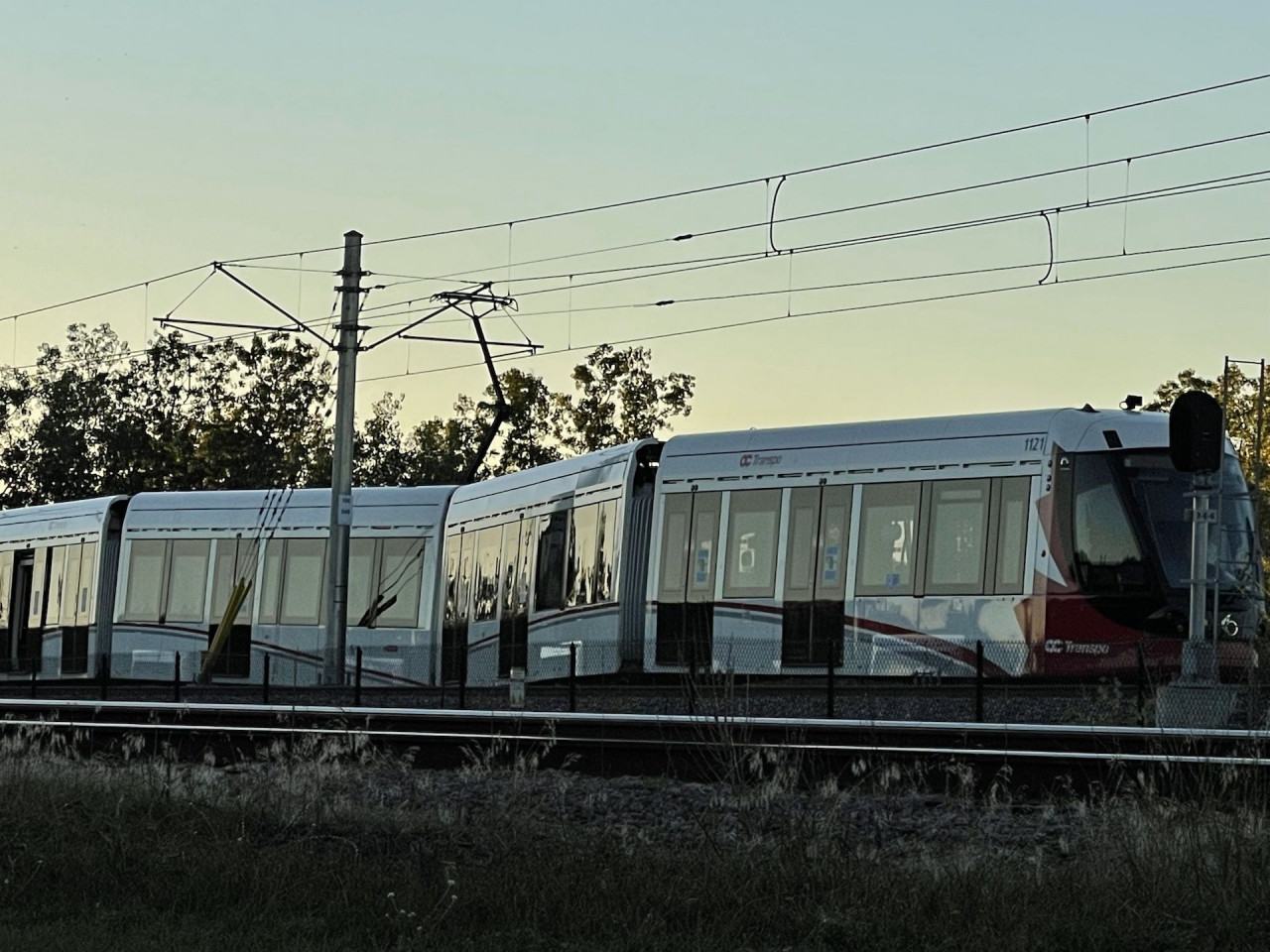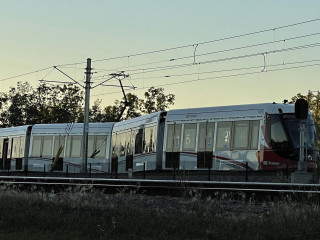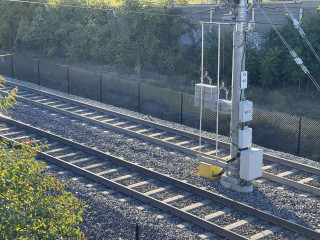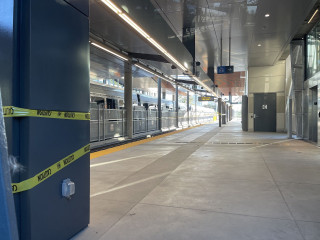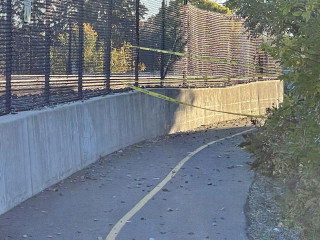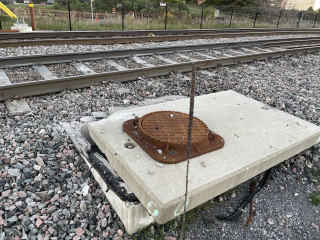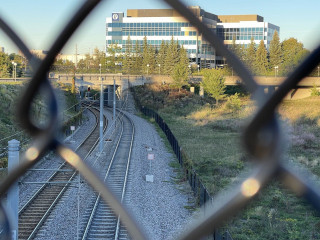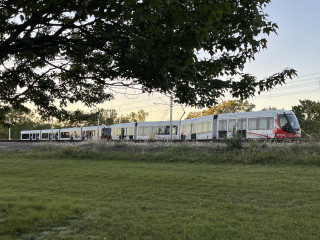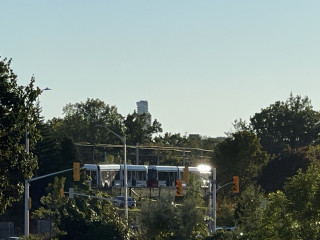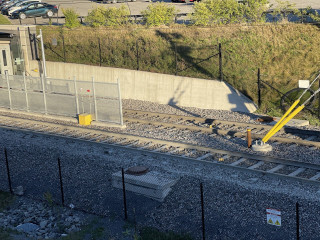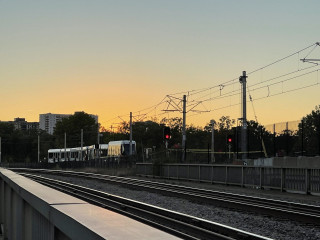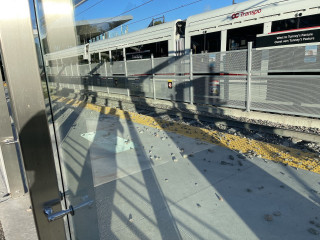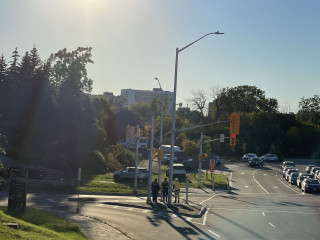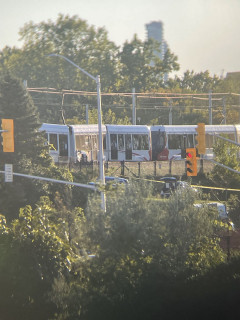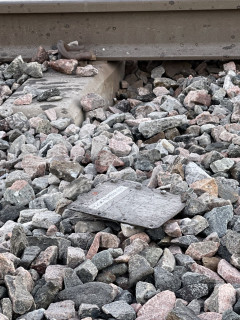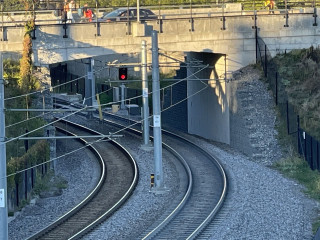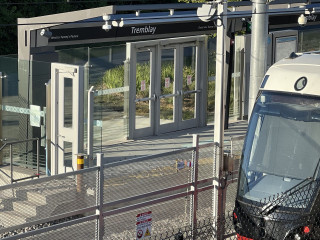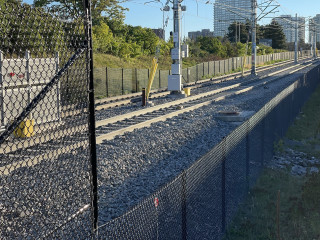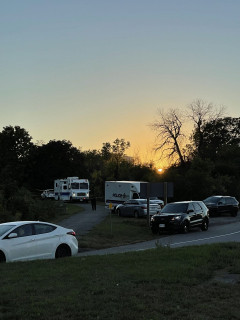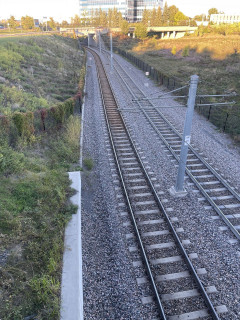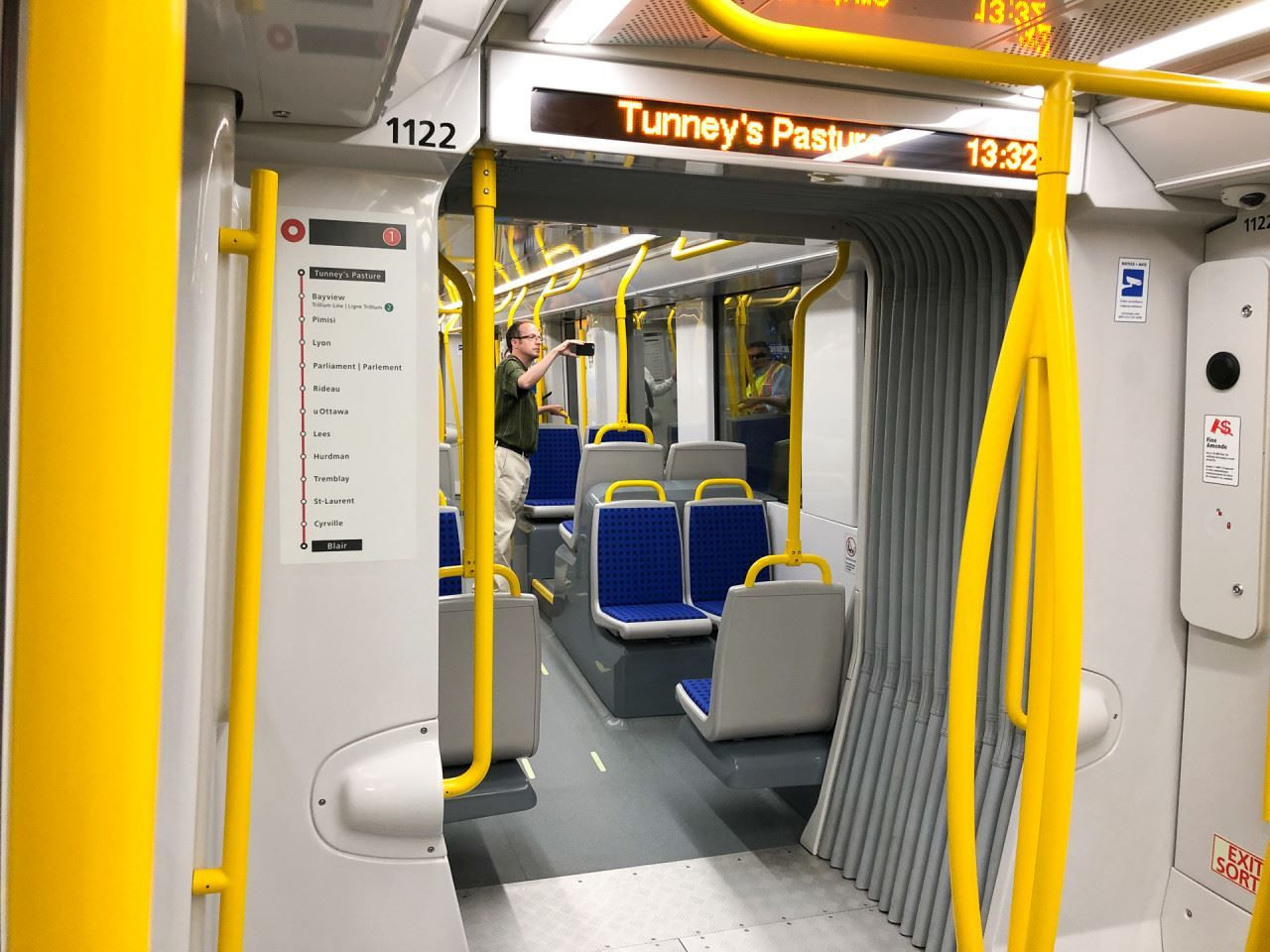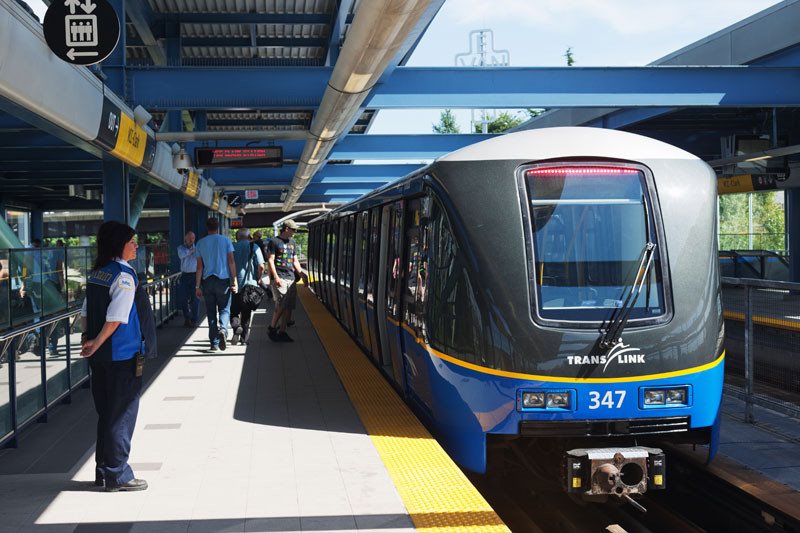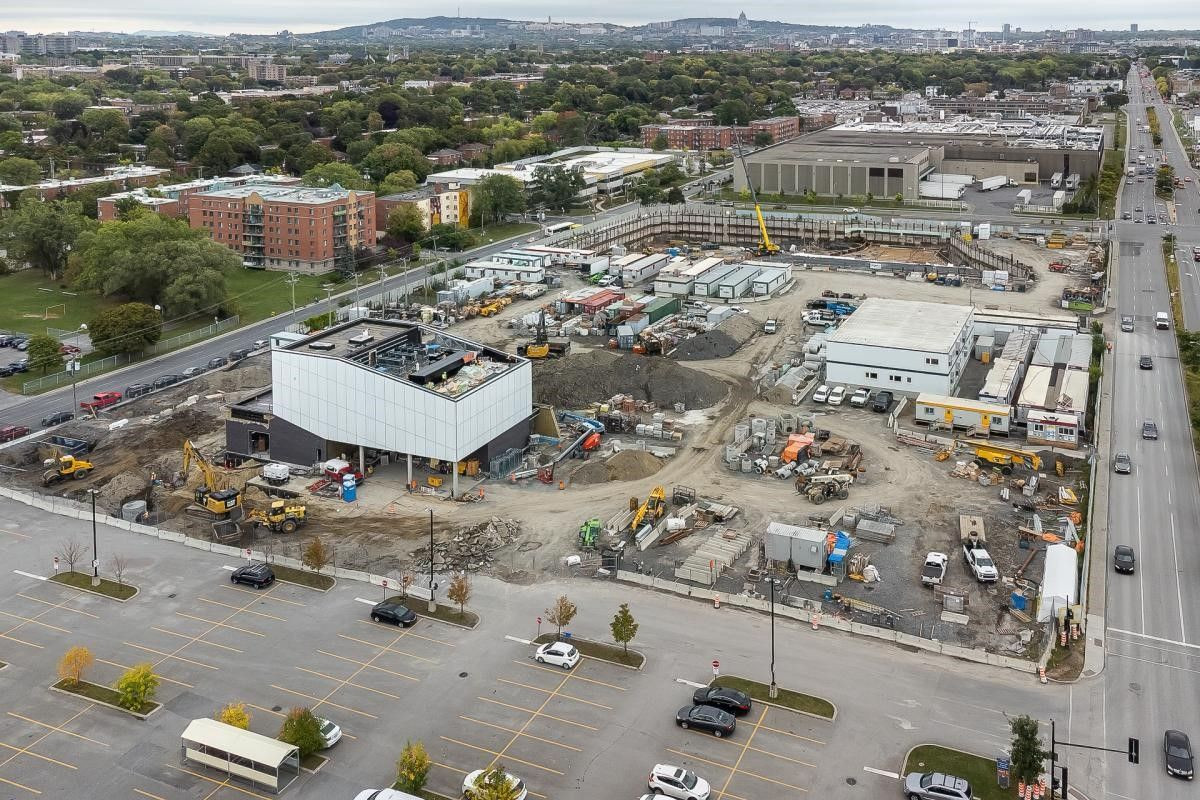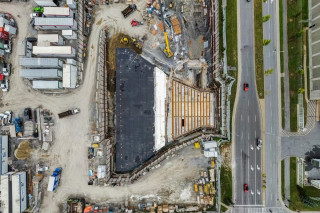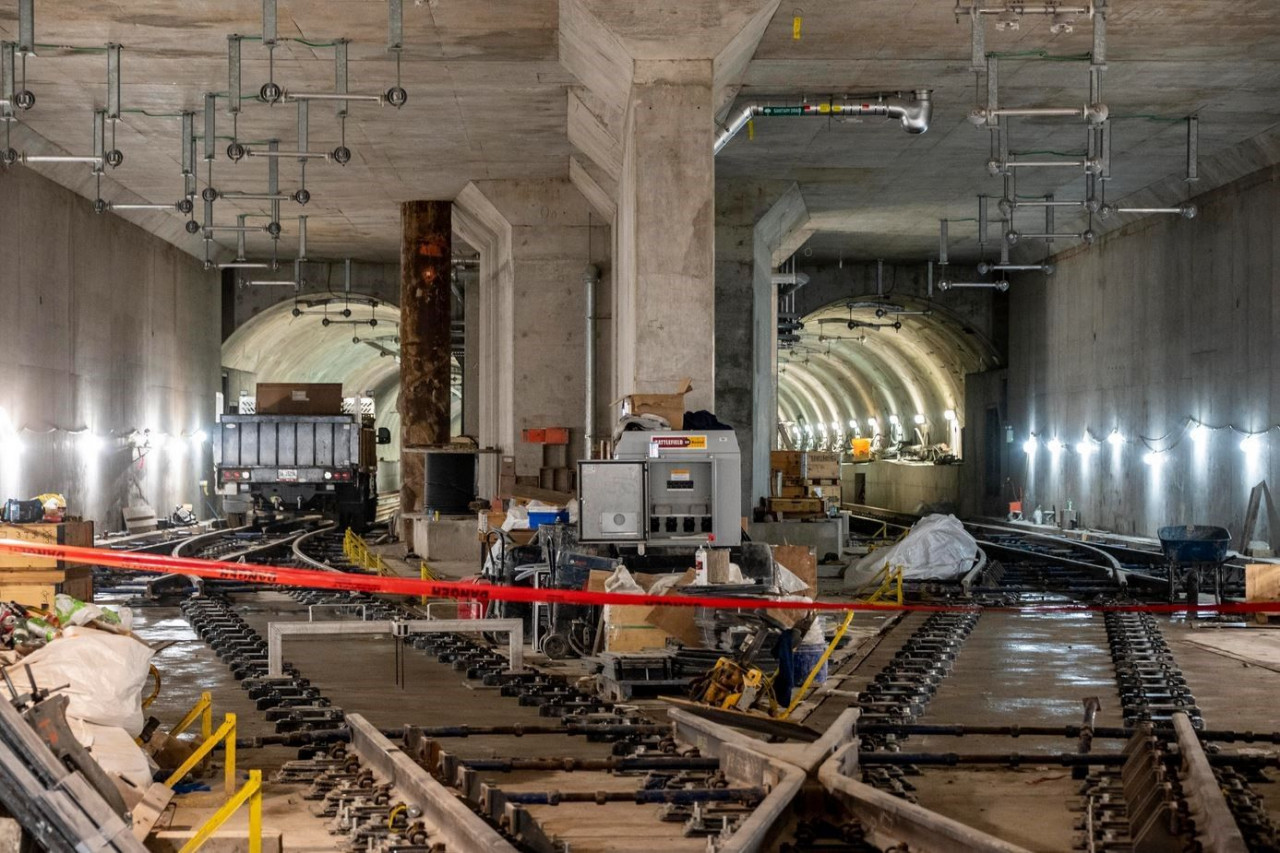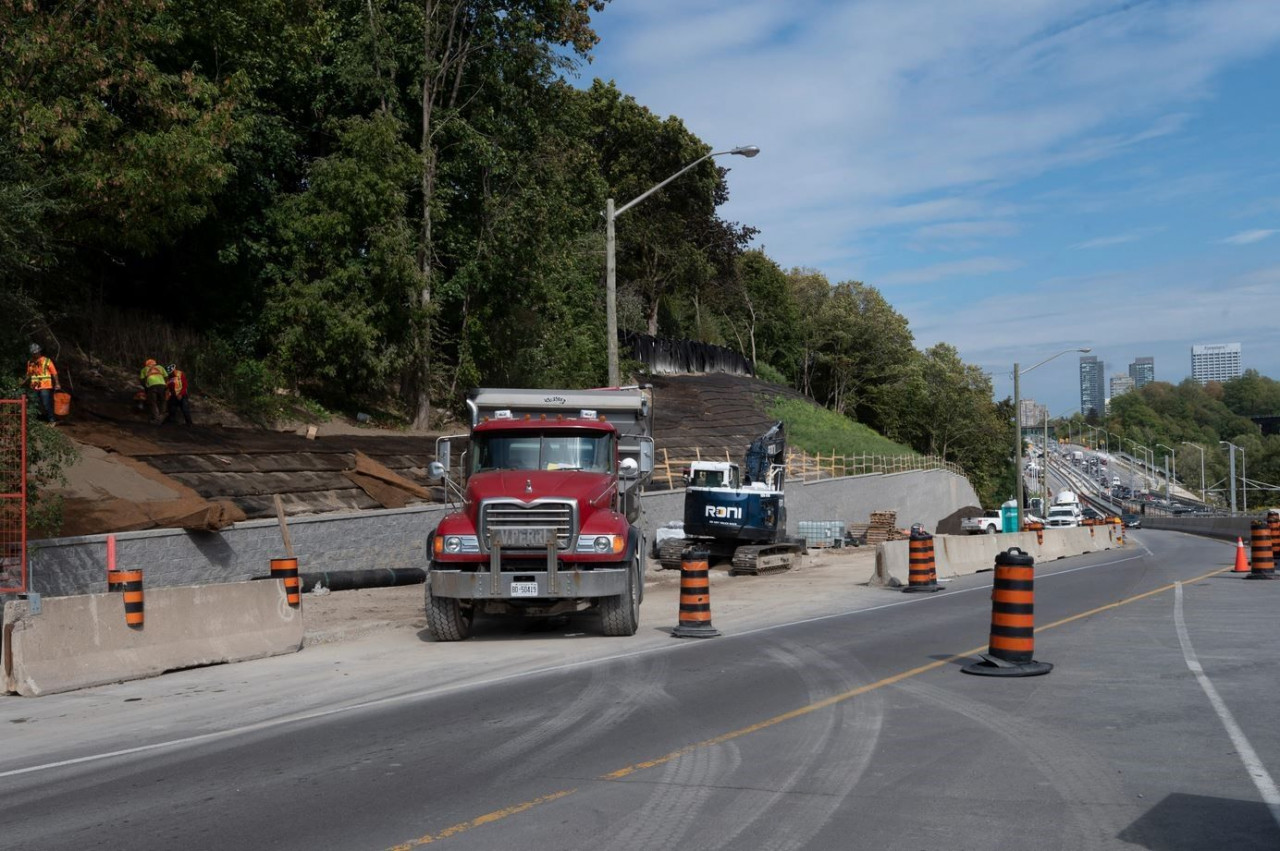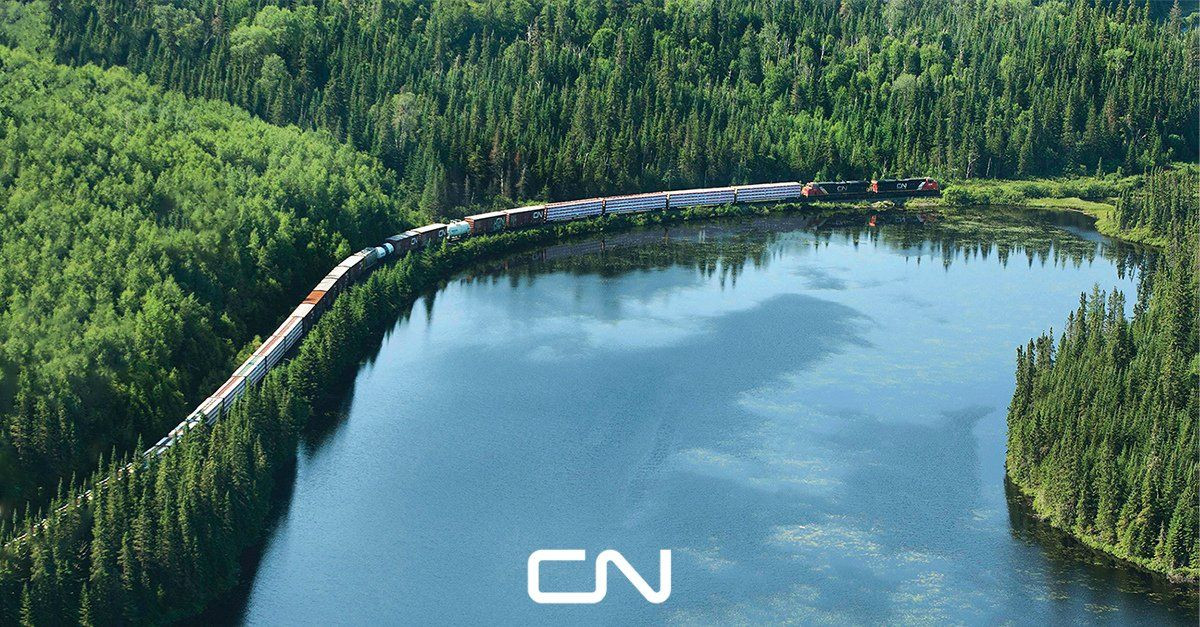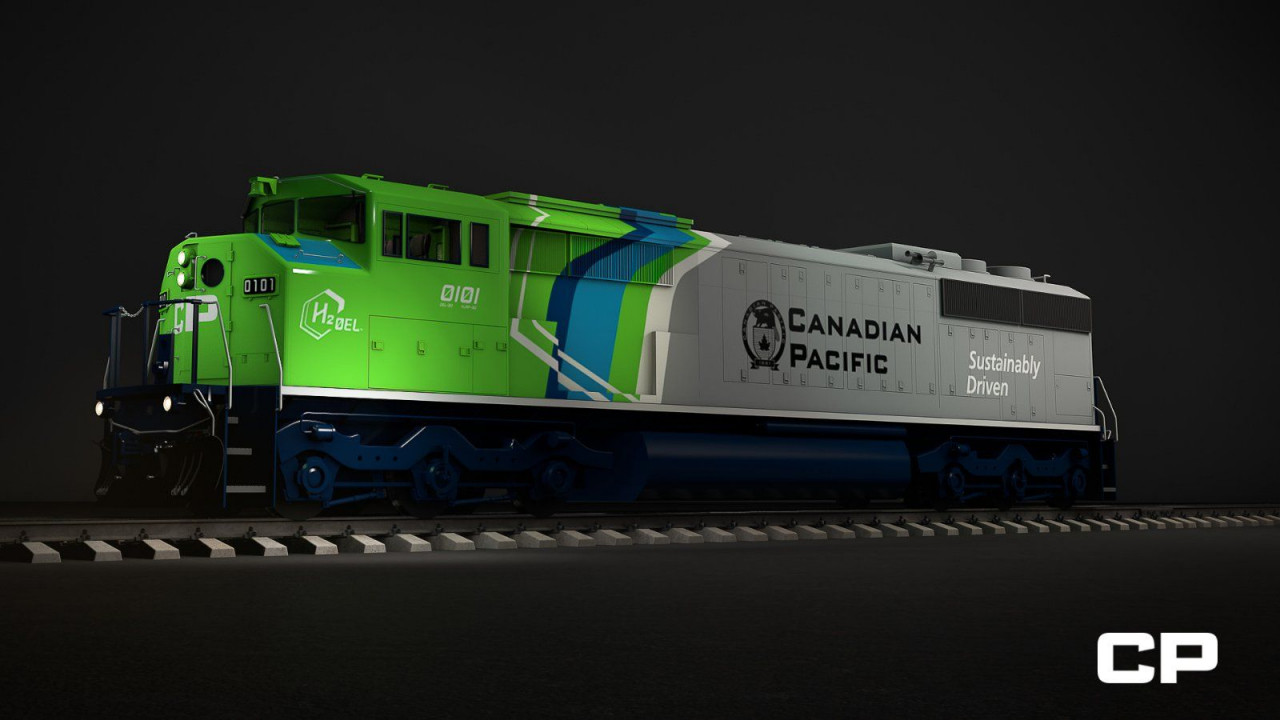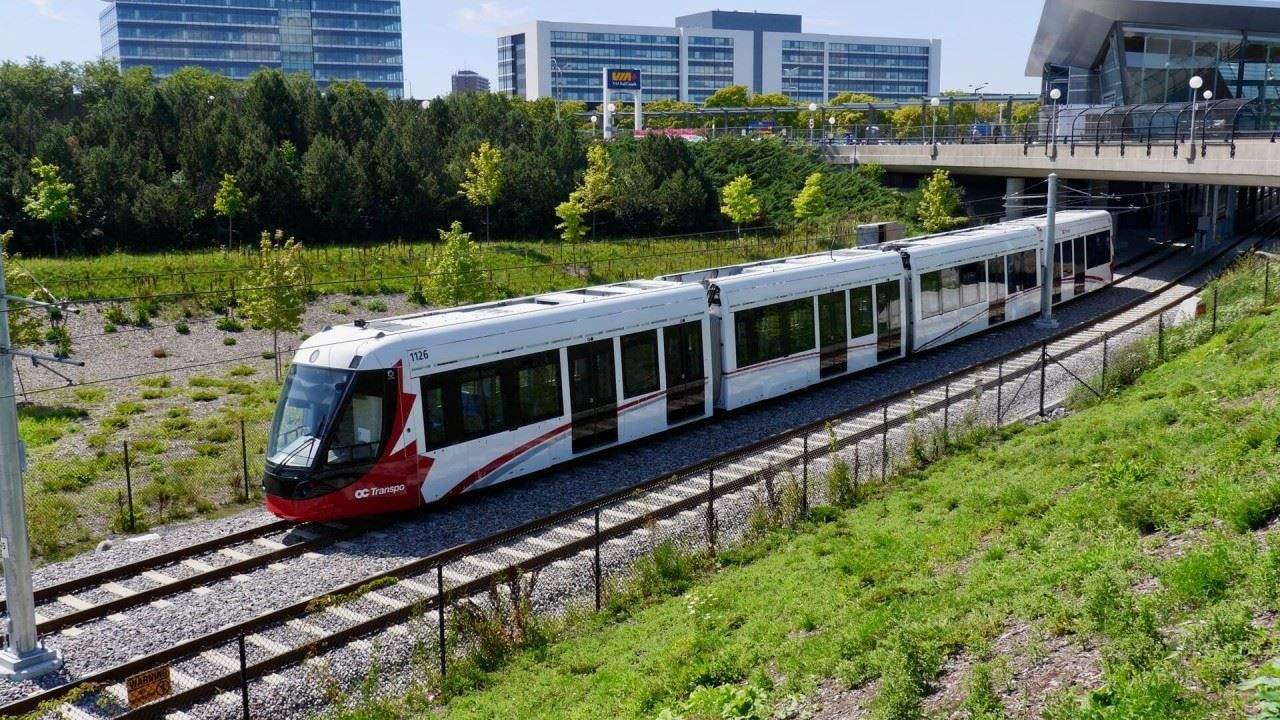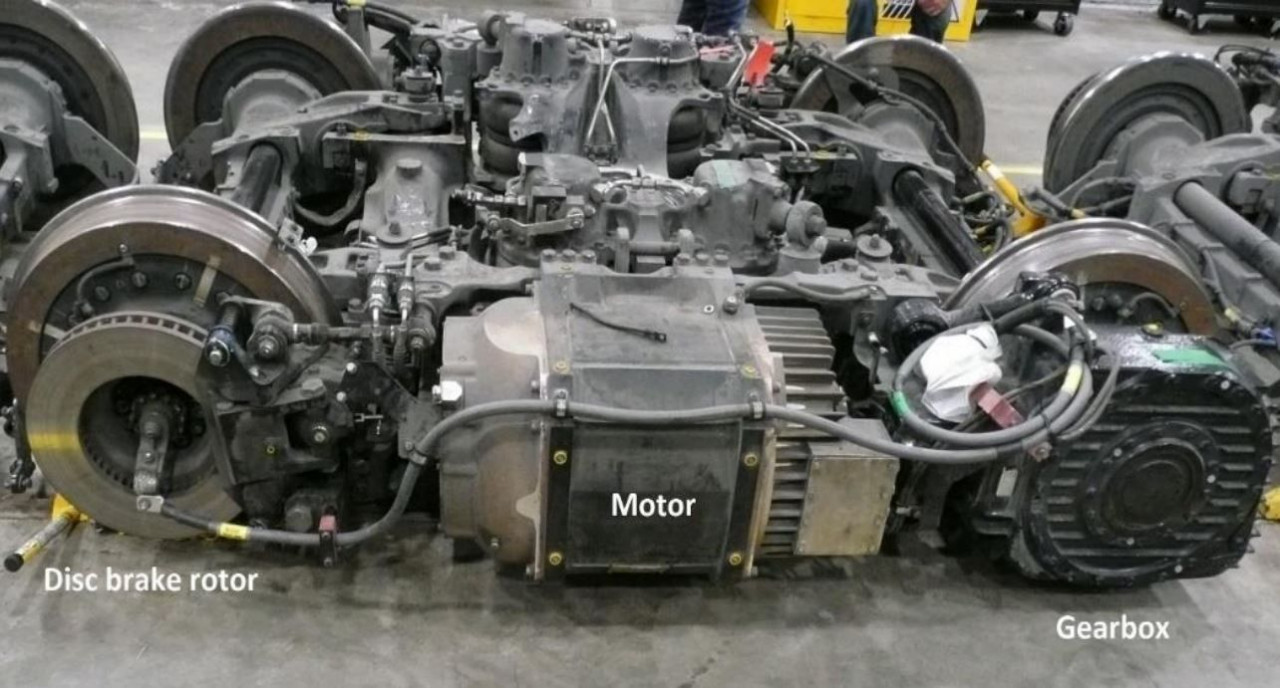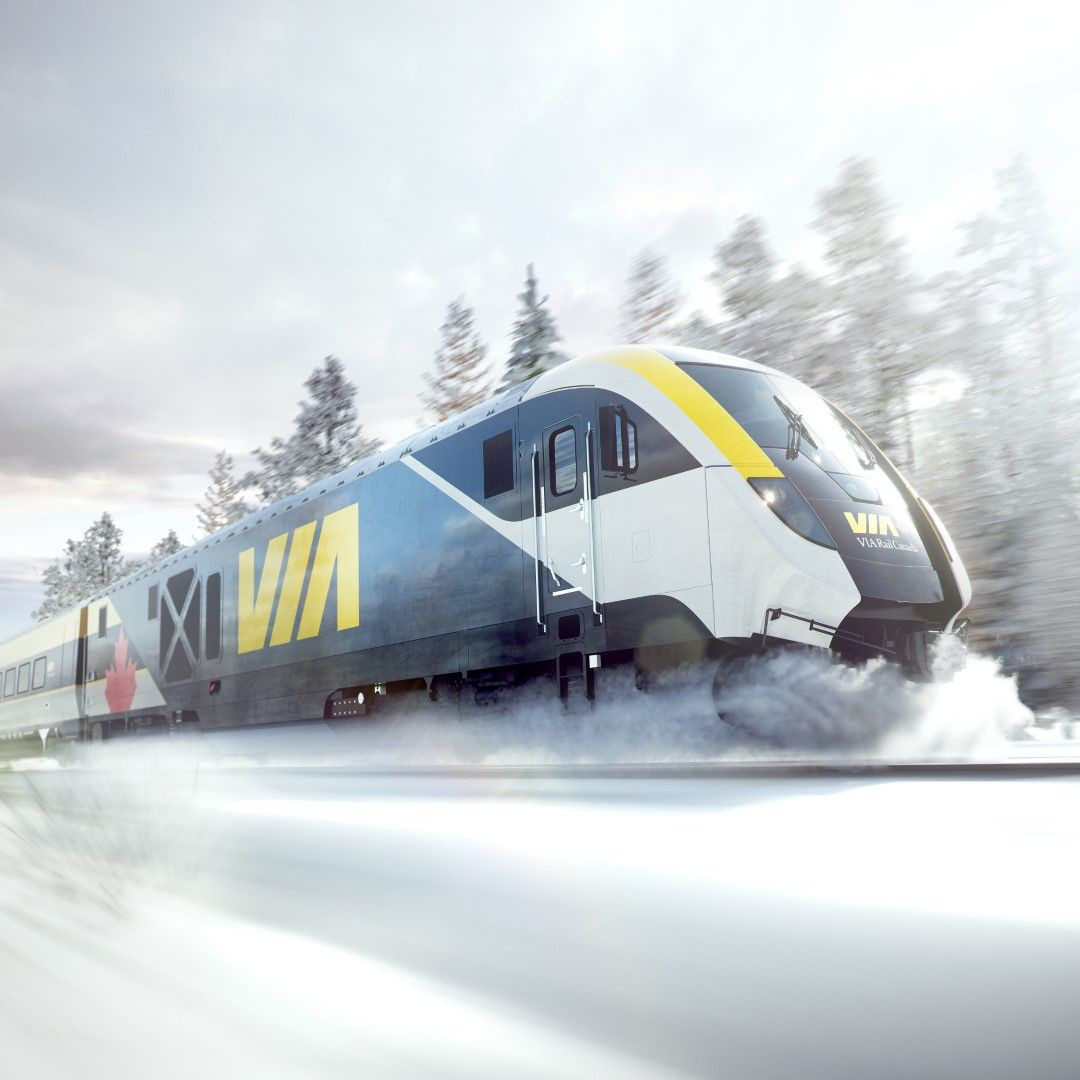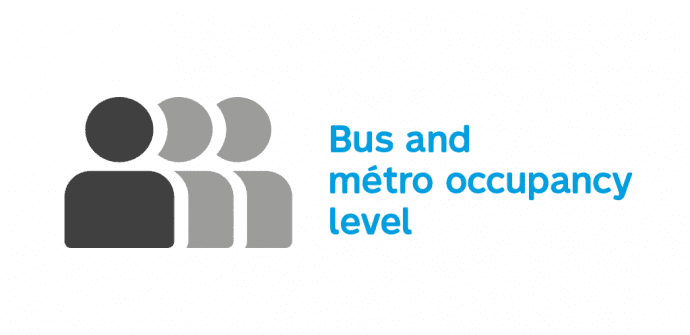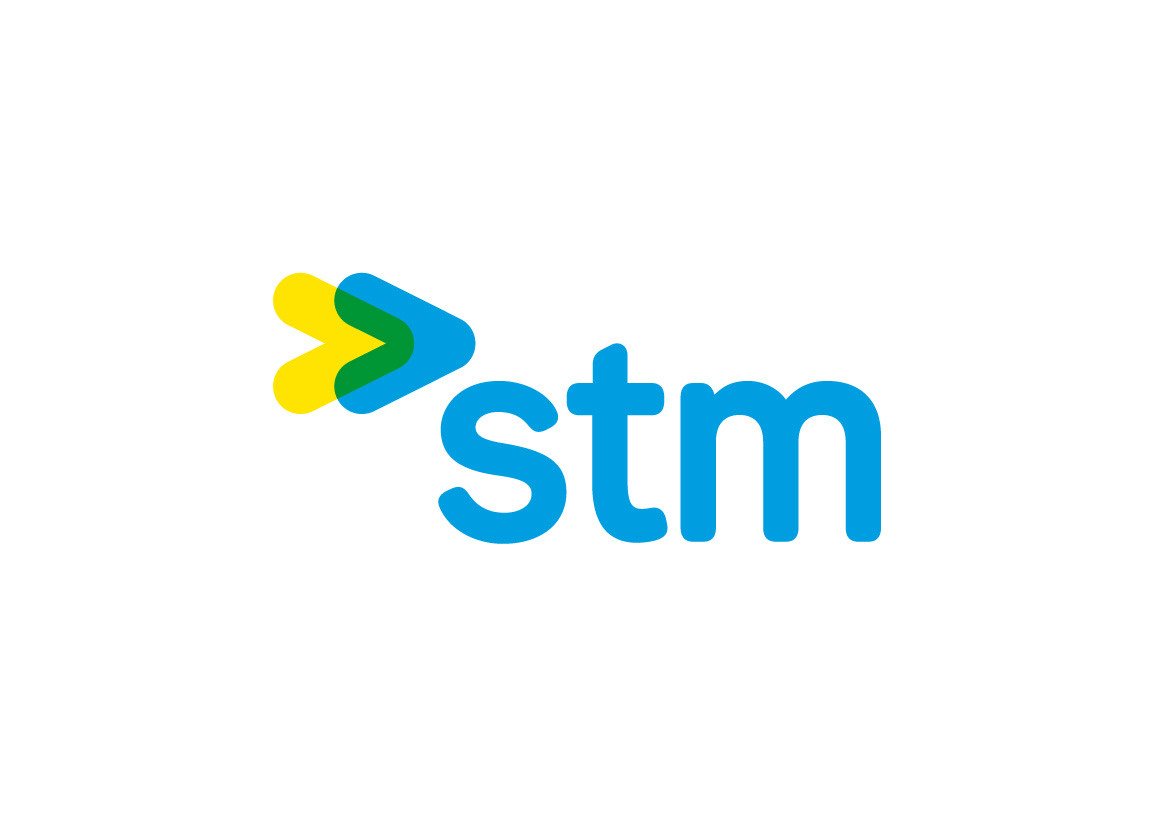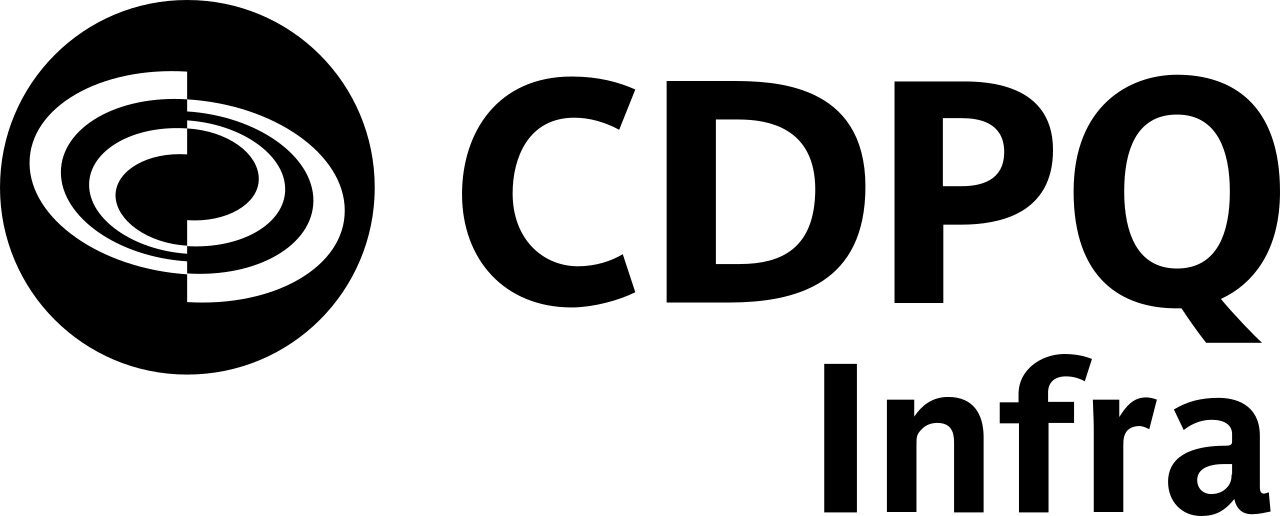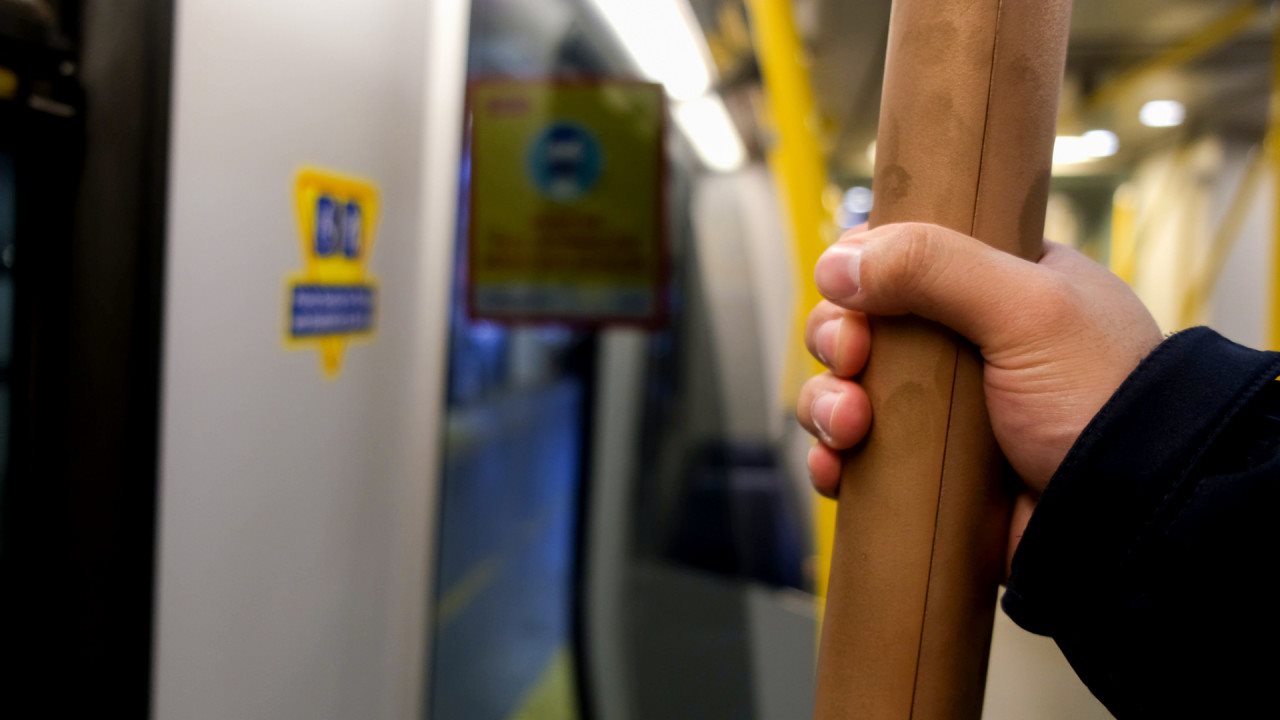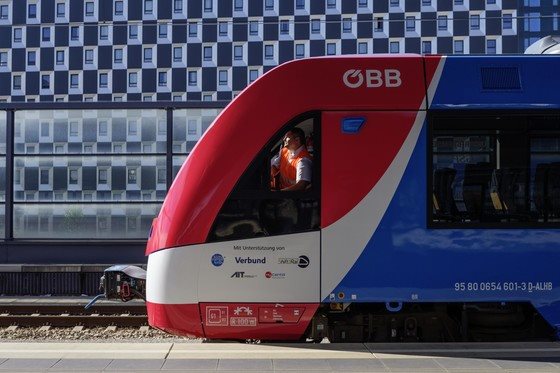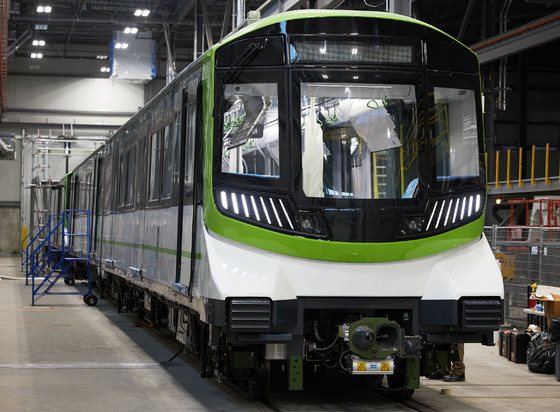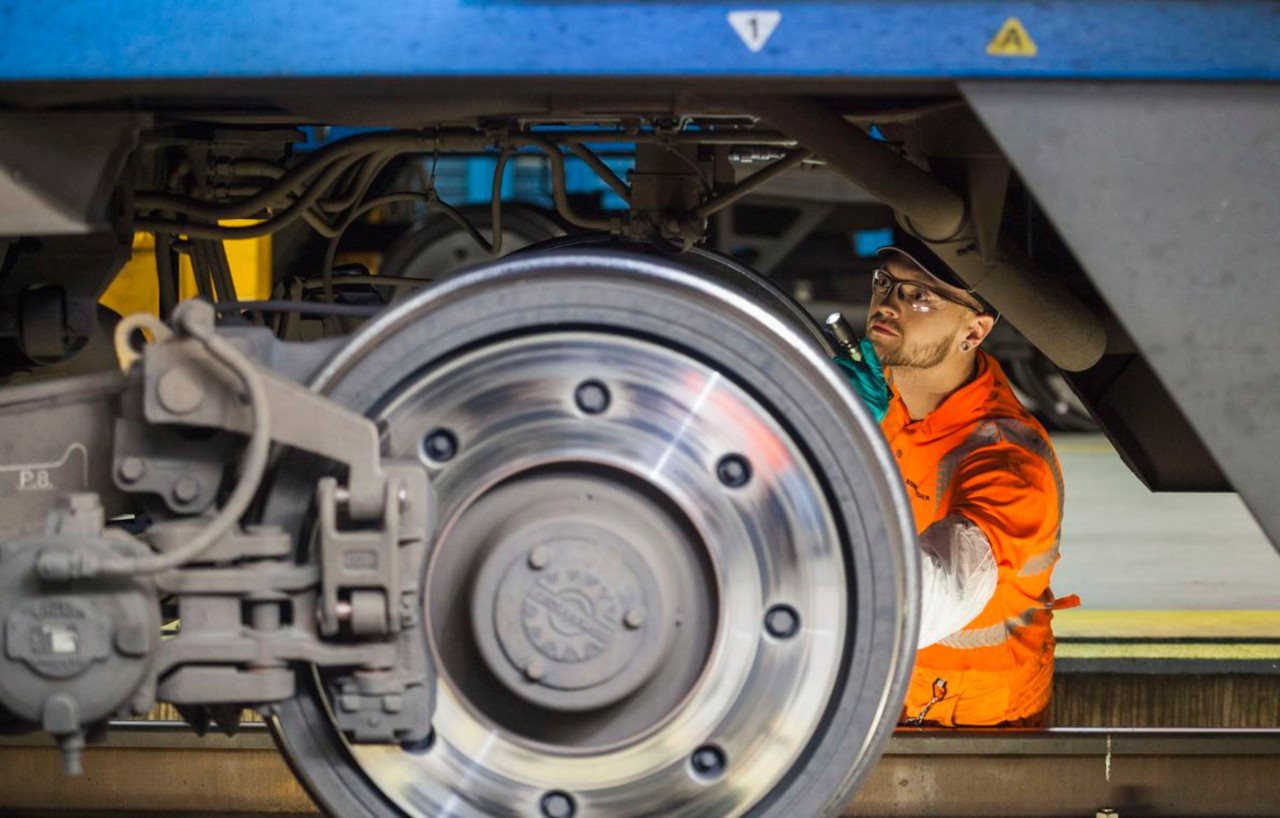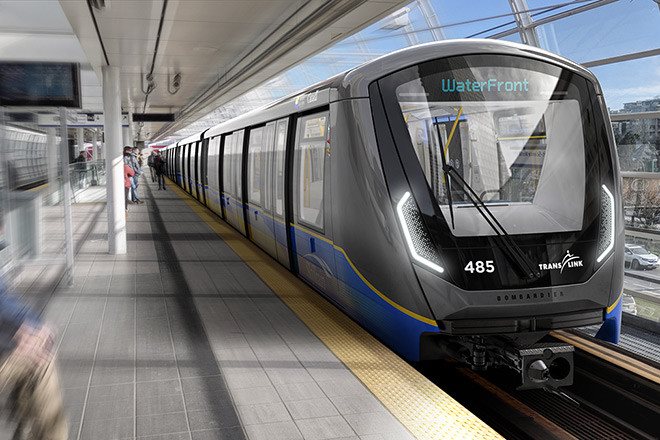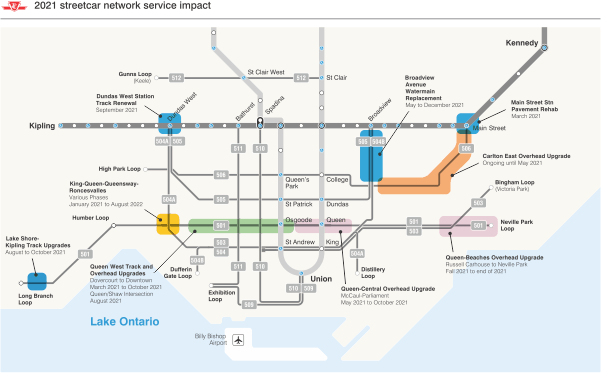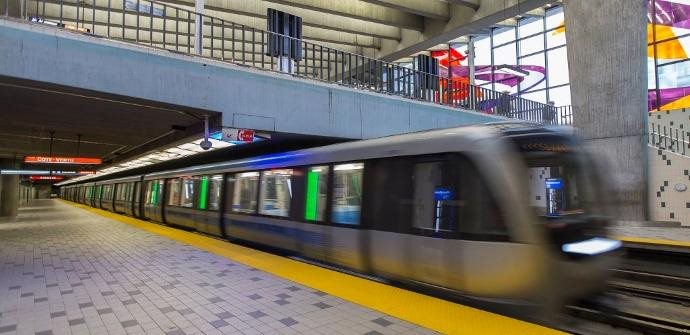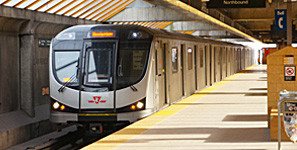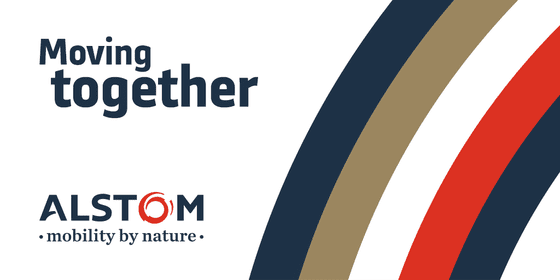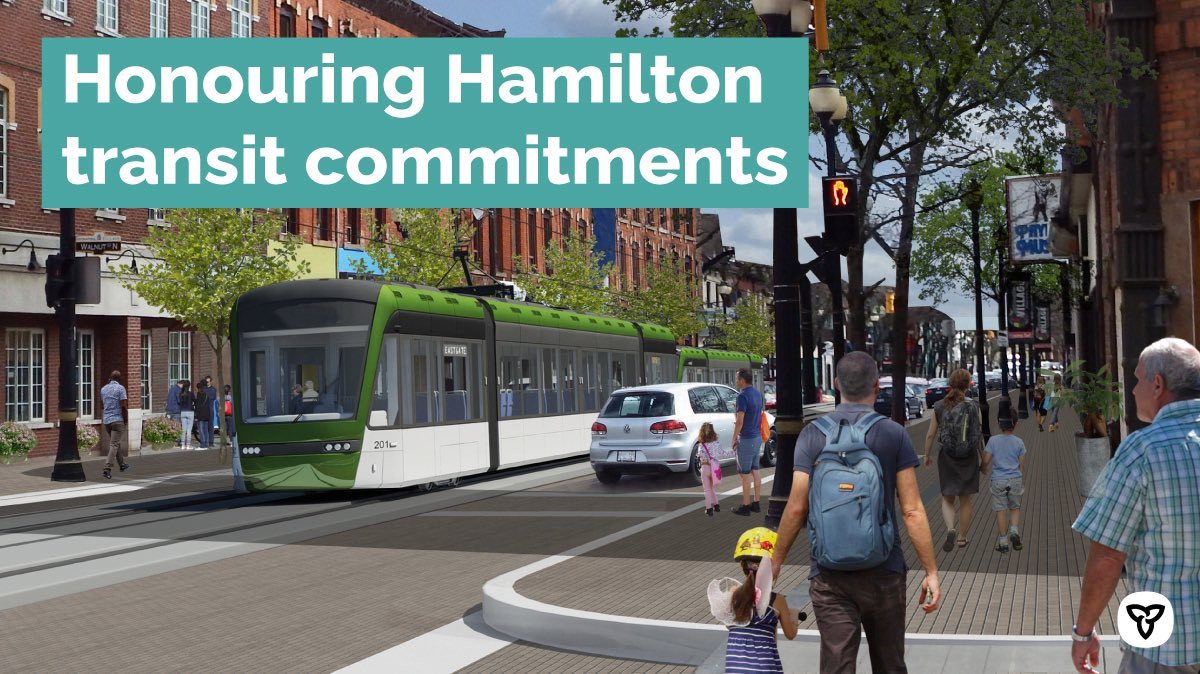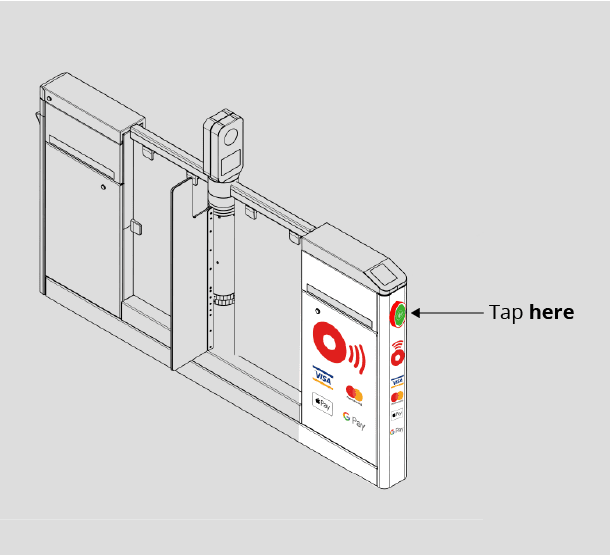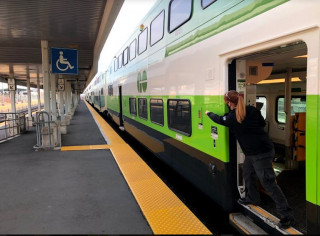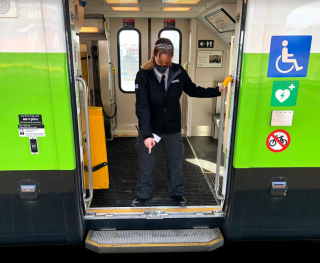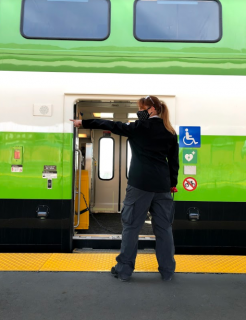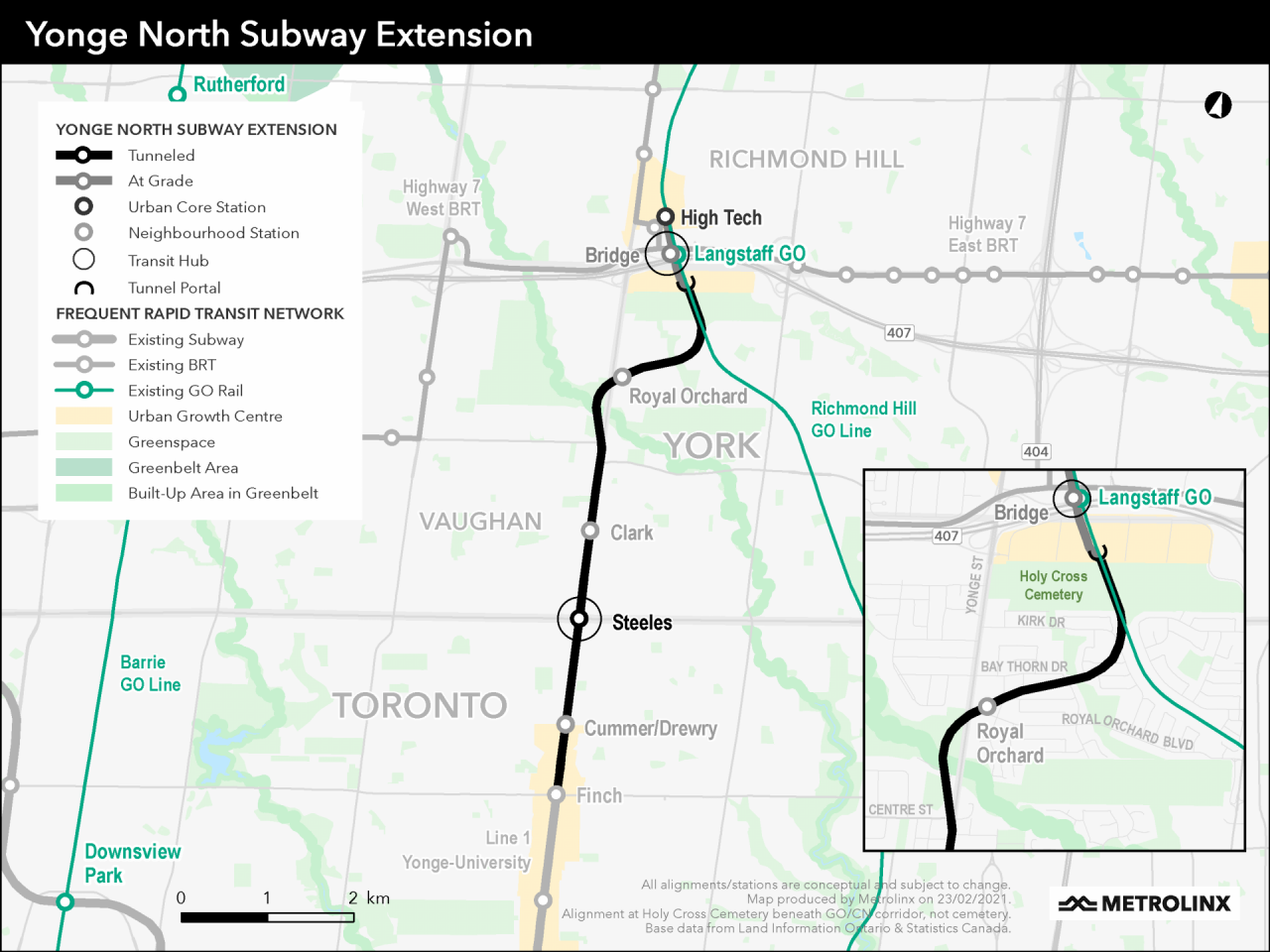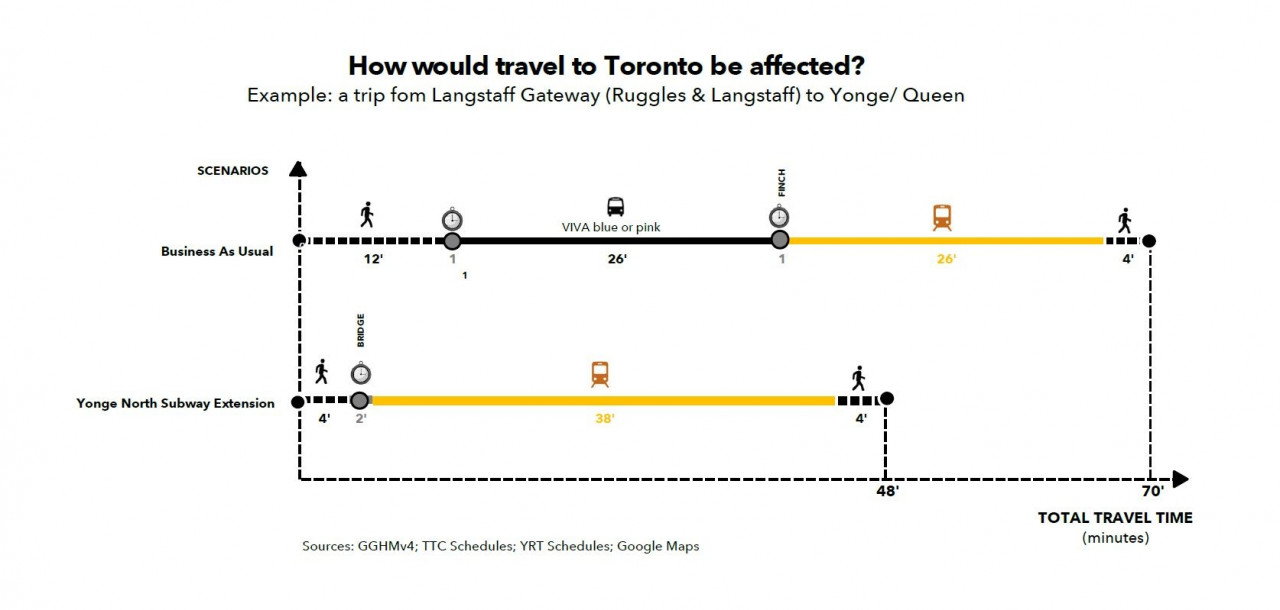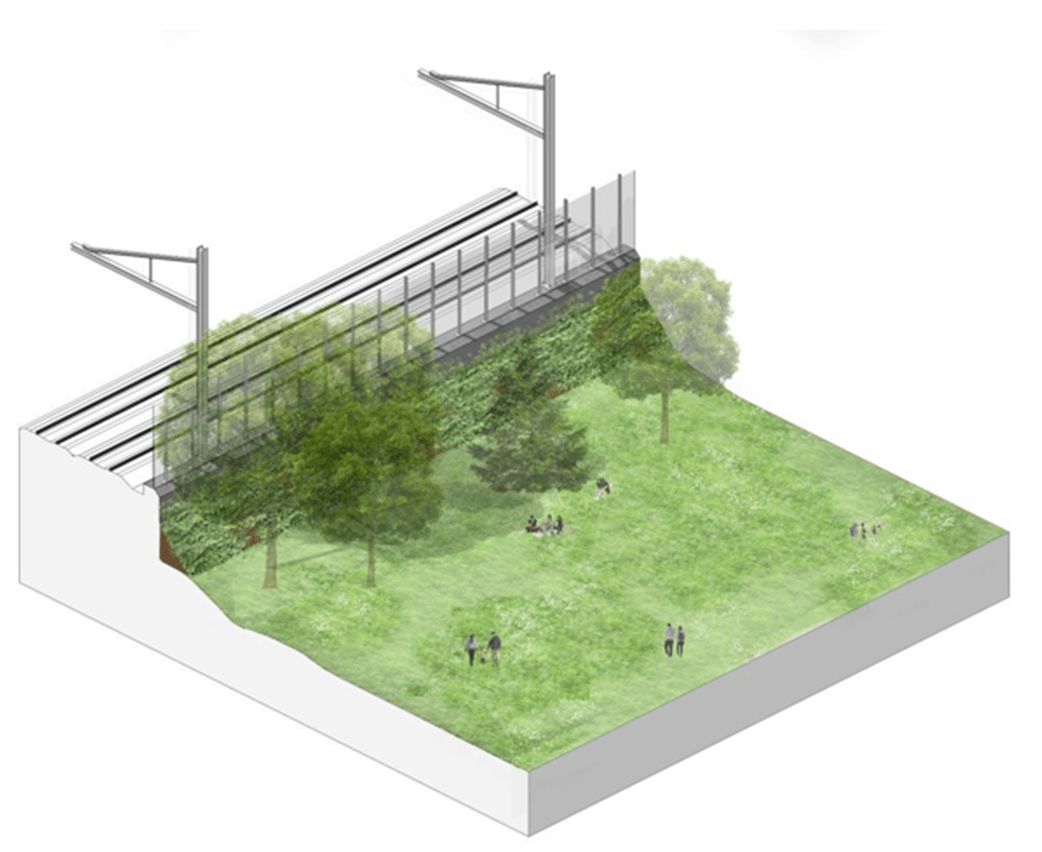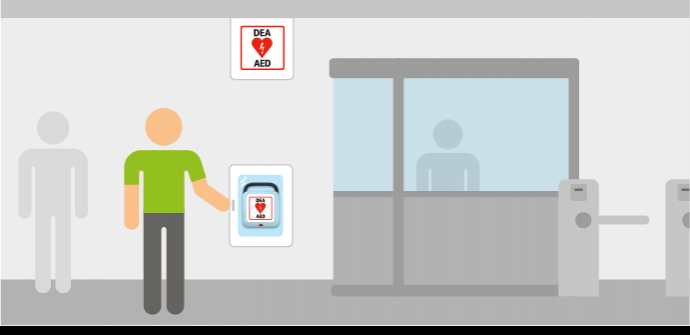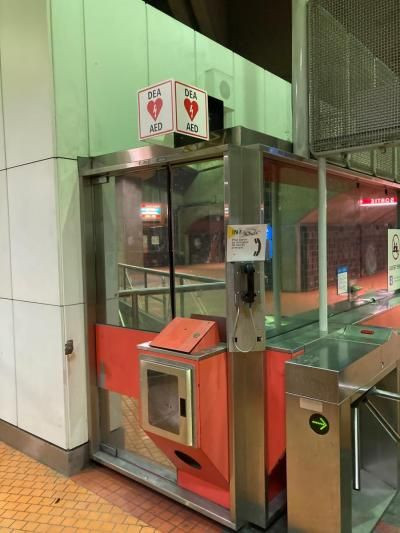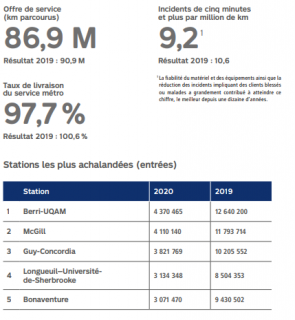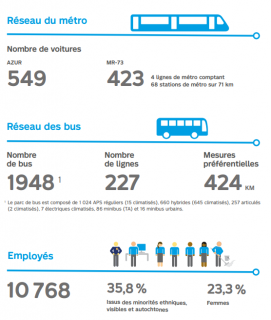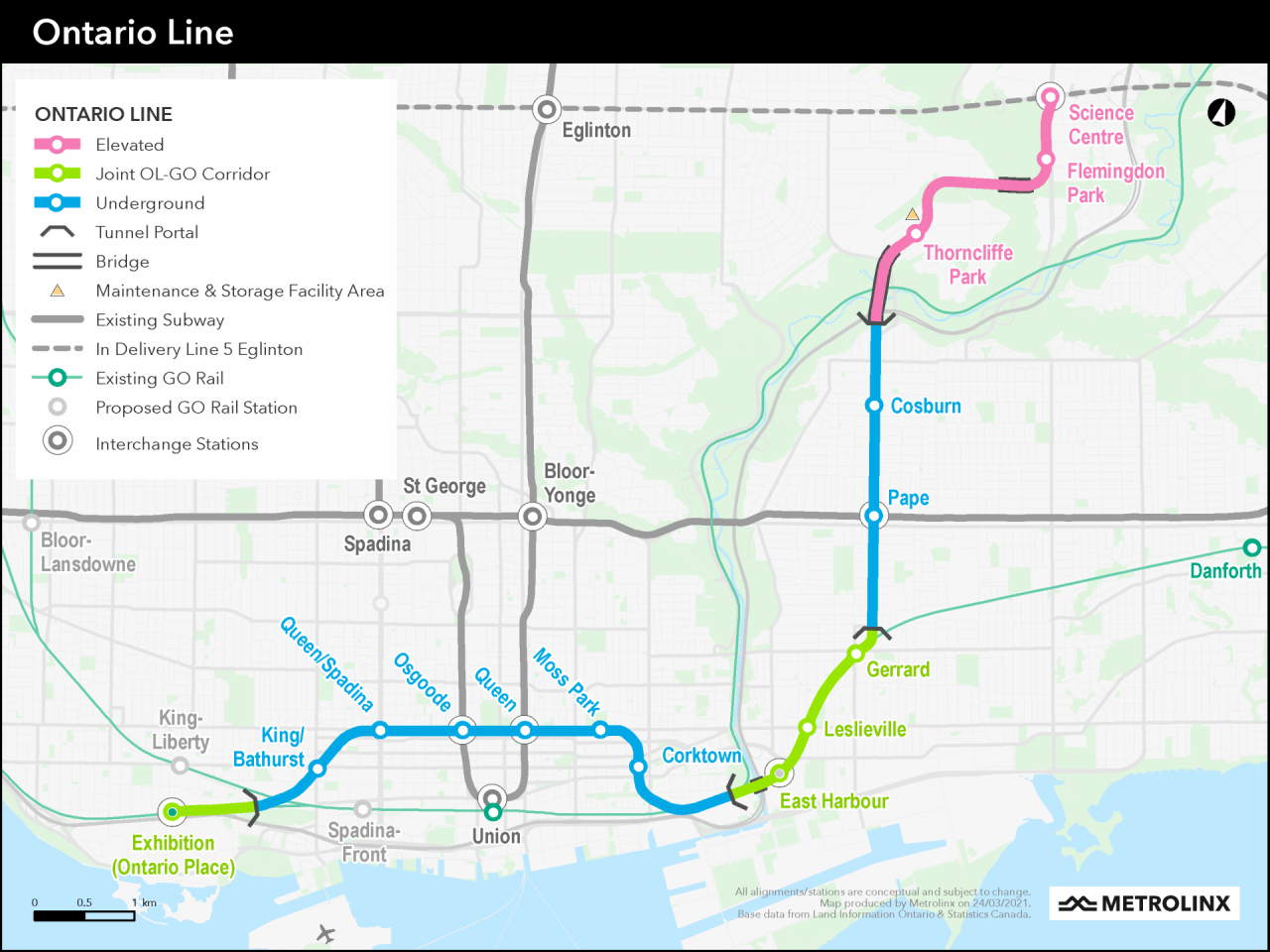Please find below memos providing updates on the O-Train Line 1 service status since August 8, 2021.
Source : City of Ottawa
AUGUST 9, 2021
The purpose of this memo is to provide an update to Members of Council and the Transit Commission on the temporary closure of O-Train Line 1.
As you are aware, this temporary service suspension was implemented out of an abundance of caution to ensure all trains in the fleet continue to operate safely after an out-of-service train returning to the Maintenance and Storage Facility (MSF) last night had one of its 10 axles come off the rail.
There are three areas of work related to this occurrence that Rideau Transit Maintenance (RTM) is focusing on in order to restore safe rail service:
• A root cause investigation began immediately following the occurrence. Information reviewed so far indicates that a fault within the axle bearing assembly is the primary cause of the axle leaving the rails.
• RTM has developed and initiated a robust inspection process focused on the axle bearing assembly. All light rail vehicles must undergo this inspection process prior to returning to service. One vehicle has already been successfully inspected and cleared to return to service. The inspections will take several hours to complete on each vehicle. As a result, and subject to continued validation of inspection procedures, we are targeting a return of rail service on Line 1 adequate to meet current ridership levels on Friday or Saturday of this week.
• Work to return the stopped train to the MSF will begin on Tuesday, August 10 and may take up to two days to complete. This work includes mobilization of specialized equipment to move the train and inspections of the entire vehicle, track and related infrastructure, as well as any necessary repairs that may be required.
The Transport Safety Board (TSB) has also deployed to the site. The City, RTM and their contractors are all cooperating in their review. The scope of the TSB's role is still being determined.
The situation continues to evolve as the root cause investigation and vehicle inspections are ongoing. Further updates, including status of the inspections and specifics on when rail service can resume, will be provided as they become available.
R1 bus service will continue to operate along the entire alignment with frequent trips to allow customers to follow physical distancing measures. OC Transpo staff are monitoring ridership and will make adjustments to service as needed to meet ridership levels.
Details continue to be communicated to customers through various channels, including customer alerts, social media updates, signage at Line 1 stations, and octranspo.com. Customers can visit octranspo.com for travel planning assistance or call 613-741-4390. Schedules are available by calling 613-560-1000 or texting 560560 plus the bus stop number. During peak periods, OC Transpo staff are located at Line 1 stations and throughout the system to assist customers.
AUGUST 10, 2021
The purpose of this memo is to provide an update to Members of Council and the Transit Commission on the ongoing investigation regarding Sunday's occurrence that has required the temporary closure of O-Train Line 1.
As outlined in yesterday evening's memo, Rideau Transit Maintenance (RTM) continues to focus on three areas of work in order to restore safe rail service: removing the stopped train near Tunney's Pasture Station, the root cause investigation and the inspection of the axle bearing assembly on each train in the fleet.
Specialized equipment that will be used to move the train back to the Maintenance and Storage (MSF) is currently undergoing final preparations and testing in the rail yard. The movement of the train needs to be planned and managed carefully in order to ensure the weight of the train is distributed evenly and the vehicle can be moved without damage to it or other rail infrastructure. Once these preparations are complete, the train is expected to be moved back to the MSF tomorrow.
The root cause investigation of the initial occurrence, when the single axle left the rail on Sunday evening as the train was returning to the MSF, is ongoing. Once the train involved in the incident is returned to the MSF, the affected axle bearing assembly will be disassembled in order to do a detailed review.
RTM continues its inspection process of the axle bearing assembly on the rest of the train fleet. As previously communicated this process takes several hours to complete on each vehicle, and it is expected to take several days to complete the inspection of the entire fleet. All light rail vehicles must and will undergo this inspection process prior to returning to service.
The situation continues to evolve as the root cause investigation and vehicle inspections are ongoing. Further updates, including status of the inspections and specifics on when rail service can resume, will be provided as they become available.
R1 replacement bus service will continue to operate along the entire alignment with frequent trips to provide sufficient capacity for all customers. OC Transpo staff are monitoring ridership and will make adjustments to service as needed to meet ridership levels.
Details continue to be communicated to customers through various channels, including customer alerts, social media updates, signage at Line 1 stations, and octranspo.com. Customers can visit octranspo.com for travel planning assistance or call 613-741-4390. Schedules are available by calling 613-560-1000 or texting 560560 plus the bus stop number. During peak periods, OC Transpo staff are located at Line 1 stations and throughout the system to assist customers.
Source : City of Ottawa
AUGUST 11, 2021
The purpose of this memo is to provide an update to Members of Council and the Transit Commission on the ongoing investigation regarding Sunday's occurrence that has required the temporary closure of O-Train Line 1, as well as the August 9 incident when a double decker bus travelled off the road.
The train involved in Sunday evening's occurrence has now been moved back to the Maintenance and Storage Facility (MSF). The train will undergo a thorough inspection as part of the root cause investigation, which is ongoing.
Inspection of the axle bearing assembly on each train in the rest of the fleet also continues.
R1 replacement bus service will continue to operate along the entire alignment with frequent trips which is providing sufficient capacity for all customers. OC Transpo staff are monitoring ridership and will make adjustments to service as needed to meet ridership levels.
Details continue to be communicated to customers through various channels, including customer alerts, social media updates, signage at Line 1 stations, and octranspo.com. Customers can visit octranspo.com for travel planning assistance or call 613-741-4390. Schedules are available by calling 613-560-1000 or texting 560560 plus the bus stop number. During peak periods, OC Transpo staff are located at Line 1 stations and throughout the system to assist customers.
Updates will continue to be provided as they become available.
August 9 Double decker incident
OC Transpo proactively removed from service 19 double deckers of the same model involved in an incident on August 9 when a bus travelled off the road on Carling Avenue near Herzberg Road. An investigation found that a component of the steering system required adjustment.
Working with the manufacturer, inspections have progressed well, and we have been able to confirm that 12 buses passed the inspection and were returned to service today. The remaining seven buses require an adjustment and will be returned to service once the scheduled repairs have been completed within the next couple of days. All protocols to ensure vehicles are safe to return to service have been followed.
This has had no impact to regular bus service or to the R1 replacement bus service.
AUGUST 12, 2021
The purpose of this memo is to provide an update to Members of Council and the Transit Commission on the ongoing investigation regarding Sunday's occurrence that has required the temporary closure of O-Train Line 1.
The root cause investigation is continuing, as well as the inspection of the axle bearing assembly on each train in the fleet.
At this time, we continue to work with Rideau Transit Maintenance (RTM) to determine the availability of trains to resume O-Train Line 1 service. An update on the anticipated return to service will be provided on Friday, August 13.
R1 replacement bus service will continue to operate along the entire alignment with frequent trips which is providing sufficient capacity for all customers. OC Transpo staff are monitoring ridership and will make adjustments to service as needed to meet ridership levels.
Details continue to be communicated to customers through various channels, including customer alerts, social media updates, signage at Line 1 stations, and octranspo.com. Customers can visit octranspo.com for travel planning assistance or call 613-741-4390. Schedules are available by calling 613-560-1000 or texting 560560 plus the bus stop number. During peak periods, OC Transpo staff are located at Line 1 stations and throughout the system to assist customers.
Updates will continue to be provided as they become available.
AUGUST 13, 2021
The purpose of this memo is to provide an update to Members of Council and the Transit Commission on the resumption of service on O-Train Line 1 and the root cause investigation of the incident on Sunday, August 8.
Rideau Transit Maintenance (RTM) is conducting final preparations and checks of the track in order to resume operation. Trains will complete multiple passes along the alignment this afternoon to confirm everything is in working order and safe. RTM have also confirmed that trains that have undergone the safety certification and inspection process are cleared to go into service.
O-Train Line 1 service will resume on Saturday, August 14, 2021, beginning at 6am, as per the regular start schedule. Service will be operating with a reduced number of trains, running every 10 minutes. As more trains are cleared to return to service, the frequency and capacity of the line will be increased. This reduced frequency will provide enough capacity to carry all customers without overcrowding.
OC Transpo will have buses on standby at strategic locations across the alignment to assist should customer loads be higher than anticipated.
The root cause investigation has identified the fault in the axle bearing assembly. The below picture shows a portion of the interior of the sealed axle bearing unit that attaches the axle/drive shaft to the train wheel. As part of the investigation, the sealed unit was taken apart and it was found that the green section of the bolt, which should be completely tightened, had a very small amount of movement, by fractions of a millimetre. This movement caused damage to the bearings inside the unit and wheel, which in turn lead to the axle coming off the track on Sunday evening.
As the investigation continues, RTM have implemented an inspection procedure that ensures the safe ongoing operation of trains. They will continue to conduct these vehicle inspections until the matter is satisfactorily resolved and safety certified. We have also confirmed with RTM and Alstom that these axle components are in use in other light rail transit vehicles around the world.
The investigation into the cause continues, and further details are expected to be provided at the next Transit Commission meeting. Further service updates will continue to be provided as they become available.
Updates on service continue to be communicated to customers through all channels, including customer alerts, social media updates, signage at Line 1 stations, and octranspo.com. Customers can visit octranspo.com for travel planning assistance or call 613-741-4390. Schedules are available by calling 613-560-1000 or texting 560560 plus the bus stop number.
AUGUST 14, 2021
The purpose of this memo is to provide an update to Members of Council and the Transit Commission on the resumption of service on O-Train Line 1.
O-Train Line 1 service began at 6am this morning, as planned. Service is operating with a reduced number of trains, running every 10 minutes.
As more trains are cleared to return to service, the frequency and capacity of the line will be increased.
OC Transpo has buses on standby at strategic locations across the alignment to assist should customer loads be higher than anticipated.
Further service updates will continue to be provided as they become available.
Updates on service continue to be communicated to customers through all channels, including customer alerts, social media updates, signage at Line 1 stations, and octranspo.com. Customers can visit octranspo.com for travel planning assistance or call 613-741-4390. Schedules are available by calling 613-560-1000 or texting 560560 plus the bus stop number.
Further service updates will continue to be provided as they become available.
AUGUST 15, 2021
The purpose of this memo is to provide an update to Members of Council and the Transit Commission on the ongoing service resumption on O-Train Line 1.
O-Train Line 1 service began operating Saturday morning with additional trains gradually returning to service over the course of the weekend. Service is now running every 5 minutes, the regular Sunday service.
We are currently with working Rideau Transit Maintenance (RTM) and anticipate that rail service will be operating every 5 minutes on Monday. This a similar service level provided over the past several months, and based on recent ridership counts, will provide enough capacity to accommodate weekday customers. We will continue to work with RTM to increase service further, in preparation for the likelihood of increased ridership in September.
OC Transpo continues to have buses on standby at strategic locations across the alignment to assist should customer loads be higher than anticipated.
Further service updates will continue to be provided as they become available.
Updates on service continue to be communicated to customers through all channels, including customer alerts, social media updates, signage at Line 1 stations, and octranspo.com. Customers can visit octranspo.com for travel planning assistance or call 613-741-4390. Schedules are available by calling 613-560-1000 or texting 560560 plus the bus stop number.
AUGUST 16, 2021
The purpose of this memo is to provide an update to Members of Council and the Transit Commission on the ongoing service resumption on O-Train Line 1 and inspection of the train fleet.
As noted in the updates to Council this weekend, we were able to safely restore service to our customers and, as inspections continued throughout the weekend, vehicles meeting the strict safety inspections were released into service. I can confirm that the inspections have been moving forward efficiently and effectively and that safety certified processes are in place to inspect vehicles at regular frequency until the work on the root cause is completed and permanent modifications or adjustments are implemented.
A large portion of the fleet have passed the strict inspection protocols, resulting in the O-Train Line 1 today operating with 12 trains, providing service every 5 minutes or more frequently. We anticipate that the rail line will operate with 11 to 13 trains throughout this week, including a spare vehicle on standby, meaning customers can expect service every 5 minutes or more often. This is in line with the service provided over the past several months, and based on recent ridership counts, will provide enough capacity to accommodate weekday customers. Again, all vehicles that are in service have passed the safety inspection process and are re-inspected at regular intervals until the root cause adjustment is made.
The entire fleet is made up of 39 individual train cars, and each operational train is made up of two cars. Of these 39 cars, two still require inspection and eight cars did not meet established thresholds when tested and will require repairs. These four trains will have components of the axle assembly replaced before they are put into service and they will be subject to the same ongoing inspection requirements as the rest of the fleet. Rideau Transit Maintenance (RTM) has confirmed they have the required components and the required work will commence shortly.
On Saturday, RTM issued a statement regarding the service disruption to acknowledge the impact on customers. As previously stated in memos to Council last week, the ongoing investigation into the root cause and vehicle inspection means new information continues to come up and updates are being provided as we learn more. We understand that the statement may have led some to believe that new issues were being discovered that were not reported to Council. We can confirm this is not the case. The issue affecting last week's service is as noted in the updates to Council. We apologize for any confusion this may have caused.
Together with RTM, the focus remains on regular, ongoing inspections of the entire fleet to ensure safe operation, component repairs to the four trains identified through the initial inspection, and ultimately, implementation of a resolution to the wheel bearing assembly issue.
We continue to work with RTM to increase service further, in preparation for the likelihood of increased ridership in September.
Further to some reports last week, the Transportation Safety Board (TSB) has informed staff that they are not currently conducting a formal investigation but are assessing the situation. OC Transpo staff continue to communicate and engage all partners including Transport Canada, TSB and the Regulatory Monitoring Compliance Officer (RMCO) throughout the vehicle inspection and root cause investigation.
Updates on service continue to be communicated to customers through all channels, including customer alerts, social media updates, signage at Line 1 stations, and octranspo.com. Customers can visit octranspo.com for travel planning assistance or call 613-741-4390. Schedules are available by calling 613-560-1000 or texting 560560 plus the bus stop number.
Staff will continue to provide updates and are available to answer any questions from members of Council.
AUGUST 18, 2021
The purpose of this memo is to provide an update to Members of Council and the Transit Commission on the service resumption on O-Train Line 1 and ongoing inspections of the rail fleet.
This morning's service began with 9 double-car trains. One train was held in the yard due to an error code indicator, unrelated to the ongoing wheel-axle inspections. This is a standard process and is part of our day-to-day operations. Two additional trains were launched throughout the day, bringing the total number of trains currently operating on Line 1 to 11. Customers can expect a train every 5 minutes.
As mentioned in previous memos, Rideau Transit Maintenance (RTM) continues its regular inspections of all train cars to ensure safe operation until the root cause investigation is complete and a resolution is in place for the axle bearing issue. Out of the 39 individual cars in the fleet, 37 have been inspected. Of the two cars not inspected, one is the vehicle involved in the incident on August 8. As part of the ongoing root cause investigation, this car will undergo additional analysis and inspections. The second vehicle is one that has been undergoing other, unrelated maintenance. Once this work is complete, it will be thoroughly inspected, like all other trains, before being put into service.
Because of these ongoing inspections and the root cause investigation, new information can affect the number of cars available for service. This morning, the City was advised by RTM that a ninth single-car vehicle will require additional analysis of the axle assembly, prior to re-entering service. RTM has begun implementing the necessary repairs to the nine cars. We anticipate that this work may continue throughout the coming week. As work on each train car is finished and as on-going inspections are done, they will be returned to service.
The number of trains cleared for service may continue to fluctuate as the inspections and root cause investigation process continue. Again, all vehicles that are in service have passed the safety inspection process and will continue to be re-inspected at regular intervals.
The root cause investigation is ongoing at this time and will continue for some time. A fulsome update on this investigation will be presented at the Transit Commission meeting on September 20, 2021.
Updates on service continue to be communicated to customers through all channels, including customer alerts, social media updates, signage at Line 1 stations, and octranspo.com. Customers can visit octranspo.com for travel planning assistance or call 613-741-4390. Schedules are available by calling 613-560-1000 or texting 560560 plus the bus stop number.
OC Transpo issues alerts to customers via a number of channels as well as in-station and on-board announcements to provide our customers with information to plan their trips if service is not running as scheduled. Our standard is to issue alerts when customers may experience a significant impact to their travel times. While this morning's service began with fewer than expected trains in service, the effect was only to add approximately an extra minute of waiting time, so an alert was not issued.
Our goal is to provide valuable information to customers to inform their trip planning.
Staff will continue to provide updates and are available to answer any questions from members of Council.
AUGUST 20, 2021
The purpose of this memo is to provide an update to Members of Council and the Transit Commission on the ongoing service resumption on O-Train Line 1.
Over the course of this week, Rideau Transit Maintenance (RTM) has completed the initial inspection of all but two of the rail vehicles, as previously stated. They have now begun the process of regular, planned inspections of each rail car to ensure safe operation until the root cause analysis is complete and a final adjustment to address the axle bearing assembly issue is in place. Again, all vehicles that are in service have passed the safety inspection process and will continue to be inspected and monitored to ensure their ongoing safe operation.
While in-service train numbers have fluctuated throughout the week, train service for most of the week was operating approximately every 5 minutes during peak periods, which meets current ridership needs. Today, 14 double-car trains were running on the line during the morning rush hour, with service running approximately every three to four minutes. We continue to work with RTM to increase service further, in preparation for the likelihood of increased ridership in September.
RTM has also advised they have begun implementing the necessary repairs to the nine single cars identified in the inspection process. As work on each train car is finished and, as on-going inspections are done, they will be returned to service. The car involved in the initial incident on August 8 is part of the root cause investigation and requires more thorough inspections before repairs can be made to return it safely to service.
The root cause investigation is ongoing at this time. A fulsome update on this investigation will be presented at the Transit Commission meeting on September 20, 2021.
Updates on service continue to be communicated to customers through all channels, including customer alerts, social media updates, signage at Line 1 stations, and octranspo.com. Customers can visit octranspo.com for travel planning assistance or call 613-741-4390. Schedules are available by calling 613-560-1000 or texting 560560 plus the bus stop number.
Staff will continue to provide updates and are available to answer any questions from members of Council.
AUGUST 23, 2021
The purpose of this memo is to provide an update to Members of Council and the Transit Commission on the service resumption following the August 8 incident on O-Train Line 1. As well, this memo will address a number of additional questions Staff have received regarding ongoing rail and bus operations.
Eleven trains were in operation over the weekend, providing customers with service every five minutes. This is the normal service level for weekends.
This morning, service operated with 12 trains, running every four to five minutes. This service level continues to meet current ridership needs. We are working with Rideau Transit Maintenance (RTM) to increase service further, in preparation for the likelihood of increased ridership in September.
Updates on service continue to be communicated to customers through all channels, including customer alerts, social media updates, signage at Line 1 stations, and octranspo.com. Customers can visit octranspo.com for travel planning assistance or call 613-741-4390. Schedules are available by calling 613-560-1000 or texting 560560 plus the bus stop number.
In addition, we have received a number of specific inquiries regarding the August 8 incident and ongoing axle assembly investigation, as well as other questions related to rail and bus operations. These questions and responses are provided below.
- Of the 10 individual cars being inspected (including the one involved in the initial incident), were they original deliveries, or later train car deliveries or a mix?
Of the 10 cars currently identified as needing repairs to the axle assembly, all except for one were delivered as part of the original group of vehicles for Line 1 operations in September 2019. The single car that was not part of the original group was put into service in the second quarter of 2020.
- Who pays for the cost of major capital repairs required on the trains?
All repairs, whether they are day-to-day operational costs or major capital repair costs, are performed at no cost to the City. As laid out in the fixed price contract with RTG/RTM, any increased or unforeseen costs during the life of the contract are at the expense of the maintainer or their subcontractors.
- What amount will be held back from RTG/RTM as a result of the derailment and lack of service? RTG's monthly payment will be subject to deductions as outlined in the Project Agreement (PA) and varies depending on factors such as station availability and percentage of service delivered. As the month is not complete, the total deductions to be applied is not available. However, the amount of deductions will be significant.
- Is there an option to exercise a warranty clause with these trains?
The City, through its contractual arrangement with RTG, has the equivalent of a full warranty for performance of the vehicles for the duration of the life of the contract. All routine, corrective, and lifecycle maintenance is covered under the contract with RTG/RTM.
- Were any axle/bearing issues identified during the testing phase before the launch of Line 1? There were no axle bearing issues identified during testing and commissioning prior to the launch of Line 1.
- What correspondence has been received from the Transportation Safety Board (TSB)? Can you please share it?
OC Transpo continues to work collaboratively with the TSB in responding to their requests for information. To date, the majority of the correspondence with TSB on this incident has been verbal. OC Transpo has received one request in writing regarding the RTM/Alstom inspection rules and instruction. This information has since been provided to TSB.
- Has the hot weather played any role whatsoever in service disruptions this summer?
In addition to regular track maintenance and daily inspections that occur on all railroads during hot weather, OC Transpo takes extra precautions during extreme temperatures to ensure the safety of our customers. RTM performs additional proactive track inspections when the temperature approaches 30 degrees and associated maintenance work is performed, as needed. During some periods of very hot weather, our control centre will proactively issue a speed restriction on sections of the track to ensure that all trains traveling through the area do so safely. These slower speeds have very little impact on customers' travel times. While these steps have been proactively taken on several occasions this summer, they have not resulted in major service disruptions. In late May, there were some delays to customers as RTM performed track related work due to hot weather. The planned maintenance undertaken in June improved track conditions and has meant service has continued to operate normally during the rest of the summer. Regarding the August 8 incident, the investigation is ongoing. The root cause analysis will determine the cause of the axle bearing issue, however at this time, it does not appear to be weather related.
- Was there a fire on the overhead catenary recently as a result of clothing? Can you provide details on this?
On August 7 Ottawa Fire Services and RTM were called as result of a report of smoke coming from one of the trains. Upon arrival, Ottawa Fire Services was able to remove a piece of cloth from the train (not a part of the train nor catenary) that was the cause of the smoke. There was no fire or damage as result. In accordance with our safety procedures, the train was removed from service, inspected and verified prior to returning to service.
- What was the cause of the error code on a train that resulted in it not being launched a couple of days ago? How often does this occur with these trains?
On August 18, during the early morning launch process, one of the trains was proactively held back from service due to an error code identifying the possibility of a coupler issue. There are sensors that need to be correctly aligned in order for the two cars in a double train to communicate with each other. The sensors required an adjustment to remove the error code. Customers may have experienced up to an additional minute of wait time due to this train being held back. Holding back the train in order to inspect and verify all systems are functioning properly is a standard operating practice, performed to ensure that all trains entering service are safe and ready to respond normally. Coupler issues were previously reported to the Transit Commission, and, since the rectification work was completed this spring, this is no longer a frequent issue affecting service. These issues do sometimes happen on rail systems, and this is why we have processes in place to provide advance notice in order to assess potential issues prior to entering service.
- Are you considering free transit service this Fall?
Free transit is a policy decision of Council. The City Clerk can provide direction how to move forward with a proposal, if that is something Council wishes to pursue.
- Can you tell us what the cause of the multiple delays and stopped trains were on August 20? On Friday August 20, O-Train Line 1 experienced two separate and unrelated stopped trains that affected service. These sorts of service interruptions are things that occur in rail systems around the world, and OC Transpo has operating procedures and highly trained staff ready to respond should an incident occur to ensure safety and restore service as quickly as possible. Further to details provided on Friday afternoon regarding a train that stopped near Hurdman Station causing a service delay for customers, RTM has confirmed that the stopped vehicle was caused by the loosening of a connector within the braking system. The train's safety systems functioned as designed, and the train came to an immediate stop when the connector started to loosen. Some customers needed to be transferred from the affected train to another, and customers on the system may have experienced longer wait or travel times. In accordance with all applicable safety procedures, the technician on site was required to access the train from the outside of the cab to manually release the brakes and return it to the Maintenance and Storage Facility (MSF) for repairs. This sort of issue can occur on trains, and all applicable safety processes and procedures were followed throughout the event. In a separate incident, at approximately 8:15pm a train travelling eastbound at Tremblay Station experienced a brief traction power issue and our control centre proactively decided to remove it from the line to ensure ongoing service. This was unrelated to the issue in the afternoon, or with the ongoing axle assembly issue affecting other trains. The train was delayed several minutes from exiting the track to return to the MSF. Unfortunately, this short delay was further compounded by an operational drill that was taking place at that time and contributed to the delays customers experienced. Service continued to operate across the entire line during this incident, however, during this time, customers may have experienced longer travel times of approximately 10 to 15 minutes. We will be conducting a review of this event as well as our communications, which may not have accurately conveyed the service delay to customers.
- Has the issue of the odour in downtown LRT stations been resolved?
As Transit Commission has previously been informed, RTM and OC Transpo continue to monitor and respond to concerns about odour at the downtown tunnel stations. To date, RTM has not yet been able to identify a specific pattern in terms of time of day, outside temperatures, or other factors that may relate to the presence of smells. While investigating the odour at Rideau Station it was determined that groundwater was the cause. Minor water infiltration is common in tunnels and, when identified, injection grouting is used to seal the area. RTM continues to monitor this situation and perform injection grouting as needed. RTM is also monitoring air quality within the station. The results of this monitoring indicate that the air in the station is safe and well below any thresholds for concern. As grouting continues the odour experienced in the area is anticipated to subside. The investigation into the cause of the odour at Parliament Station is ongoing and the source has yet to be identified. However, as the grouting continues, it is anticipated that the odour experienced in the area should subside. Investigation by an environmental engineering firm confirmed that the odours do not pose any hazard. City staff present in stations will continue to report occurrences of odours to aid in the ongoing remediation efforts. Additionally, staff are working with RTM to explore other options to increase ventilation within the downtown tunnel stations. On Friday, there were reports of a strong odour in Parliament Station and surrounding areas. Staff attended but could find no smell or cause.
- In the past year have there been any fires on double deckers? If so, do we know the root cause? Fires can occur on buses, and this has happened infrequently in the past few years at OC Transpo. In the last 12 months, one double decker bus experienced an engine fire while it was out of service and parked at the Industrial Bus Garage in May 2021. The cause of the event was attributed to an electrical short. Following the fire, all double decker buses were inspected to ensure the fleet was safe for operation. With a fleet of over 900 buses, travelling over 66 million kilometres per year, these types of incidents can occur. It is also important to note this type of event can occur in any vehicle. In 2015, OC Transpo added fire suppression systems to the engine area of all new double decker buses. When activated, the suppression system sprays a special foam in the engine compartment to prevent a fire from spreading to other areas. This built in system further reduces the risk of serious fire in double decker buses, and fire suppression systems are now a part of purchasing requirements on future bus models. We continue to monitor new technology and industry trends for emerging safety technology that can further benefit our fleet and customers.
AUGUST 26, 2021
Mayor, Members of Council, Transit Commission, this email is to provide an overview of two incidents that occurred this morning on O-Train Line 1.
At approximately 6am an eastbound train arriving at Lyon Station experienced a coupler issue and the safety systems brought the train to a safe stop, as designed. A coupler issue can occur when, sensors that allow the two cars in a double train to communicate with each other are not correctly aligned. These issues do sometimes happen on rail systems, and we have processes in place to provide notice and ensure the safety of customers.
The operator attempted to rectify the issue, but troubleshooting could not resolve it. The operator was able to open the doors and all customers disembarked the train at Lyon Station safely. A Rideau Transit Maintenance (RTM) technician was required to attend the train to remove it from service. The affected train has now returned to the Maintenance and Storage Facility (MSF) for diagnosis and repairs, unrelated to the axle-bearing issue impacting other trains.
During this incident, service continued to operate along the entire line. Some customers may have experienced longer travel times as they were required to transfer at Lyon Station to continue their journey. Customers were notified via announcements in the trains, in stations, on our social media accounts, as well as our other regular channels. Normal service resumed shortly after 7am.
Separate from this incident, at approximately 7am, another train at Blair Station experienced an issue with its heating and cooling system. There were no customers on the train at the time. The train was parked at Blair Station in order to allow service to continue without interruption. All trains continued to service one platform without delays to customers. Due to the current and anticipated temperatures today, the train was removed from the line and returned to the MSF around 7:30am, without affecting ongoing rail service.
Line 1 is currently operating with 10 trains, providing service every 5 to 6 minutes.
Thank you,
John Manconi, General Manager, Transportation Services Department

